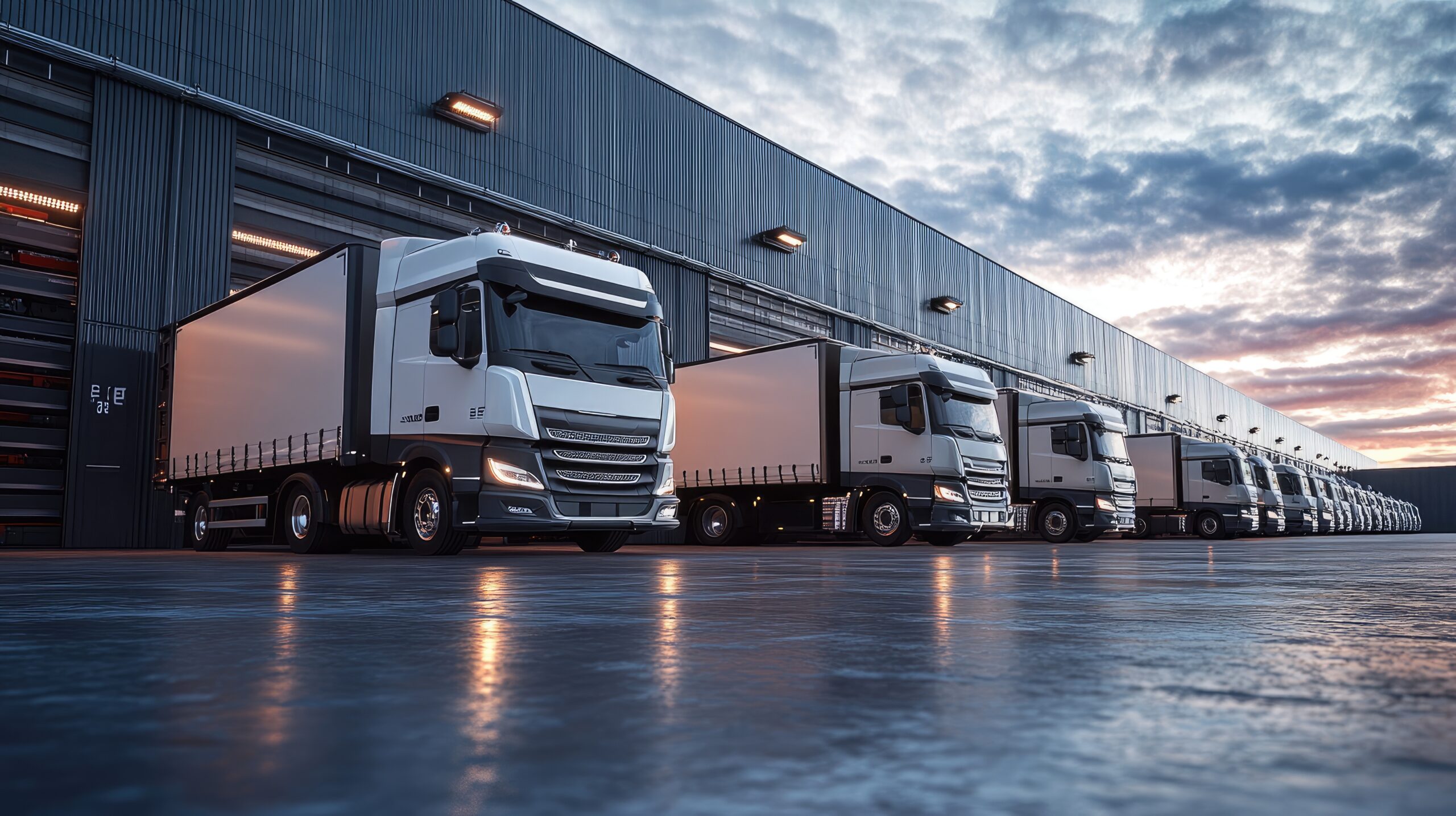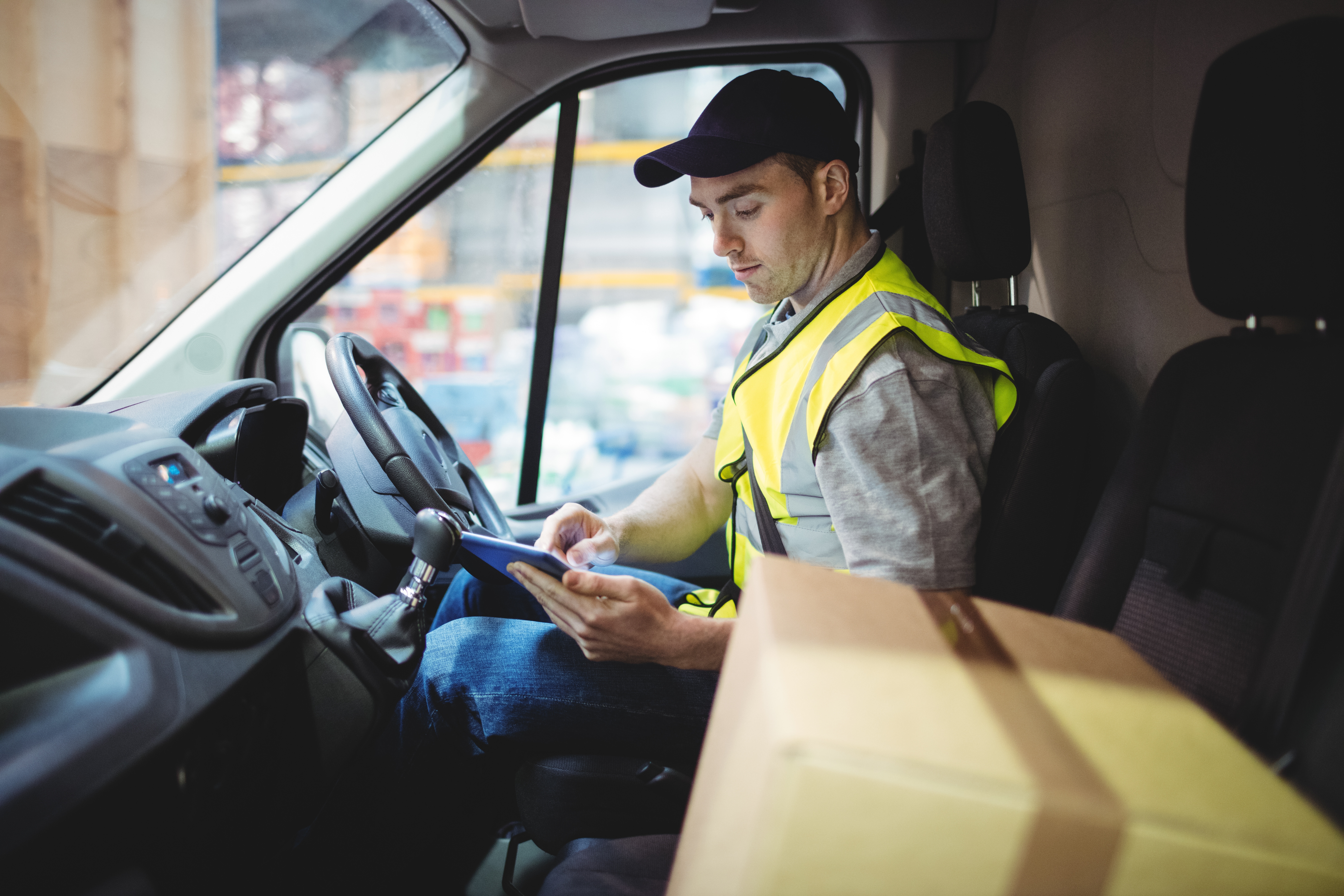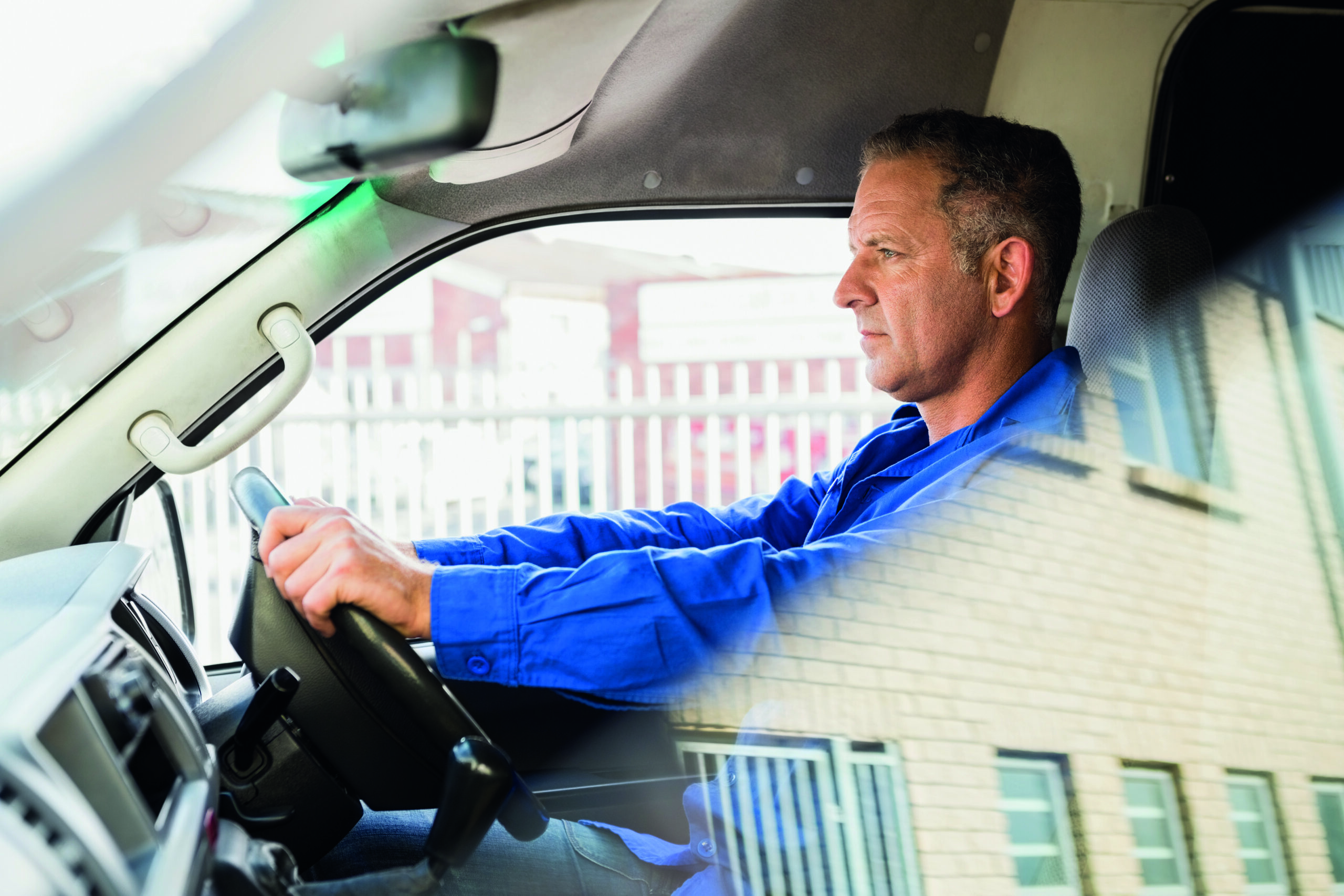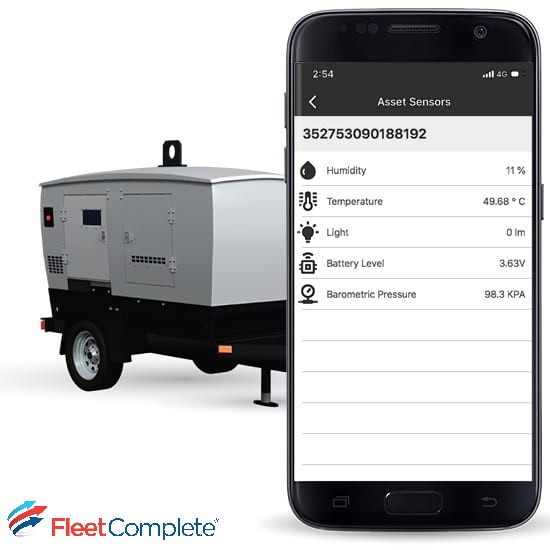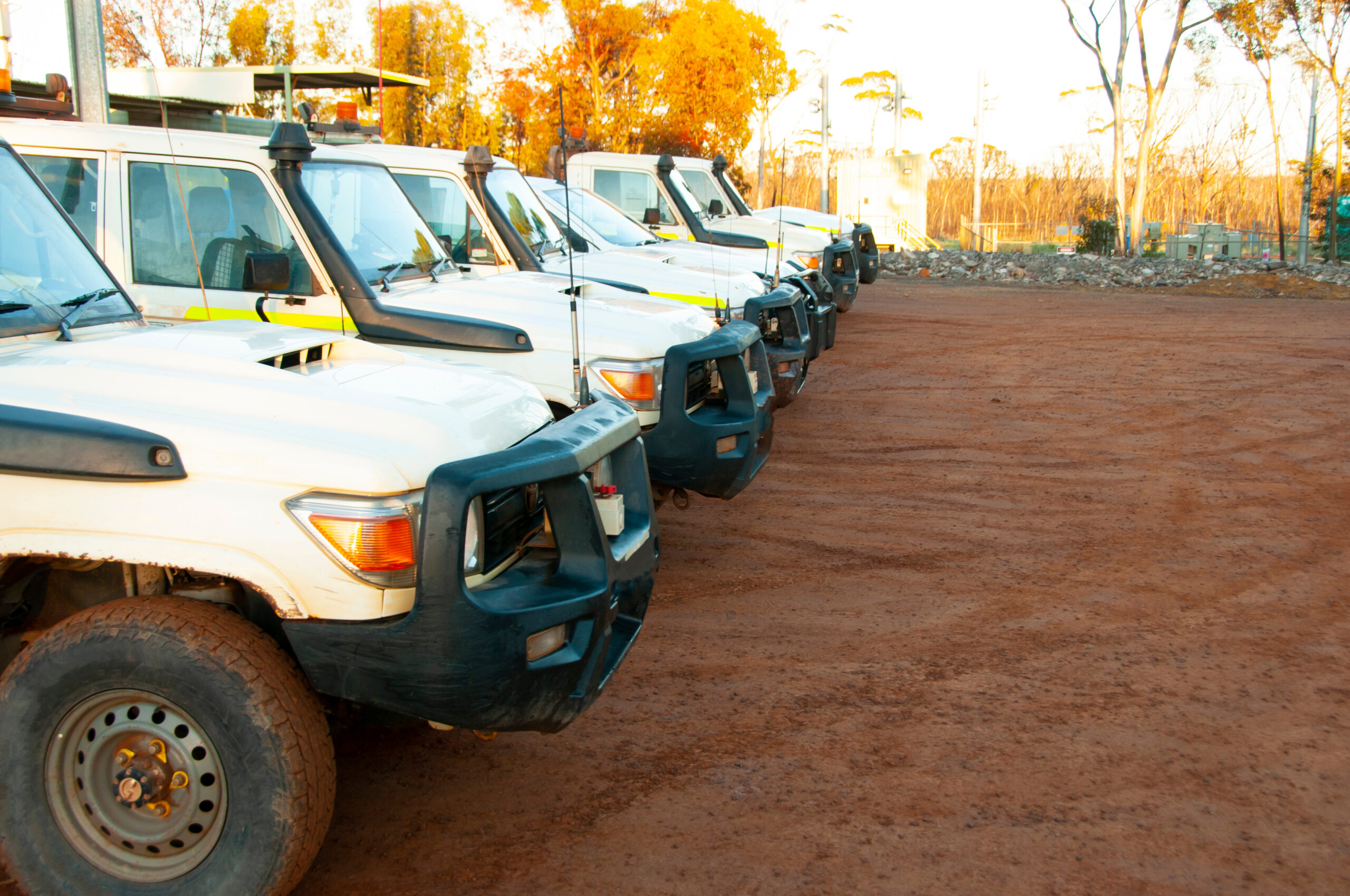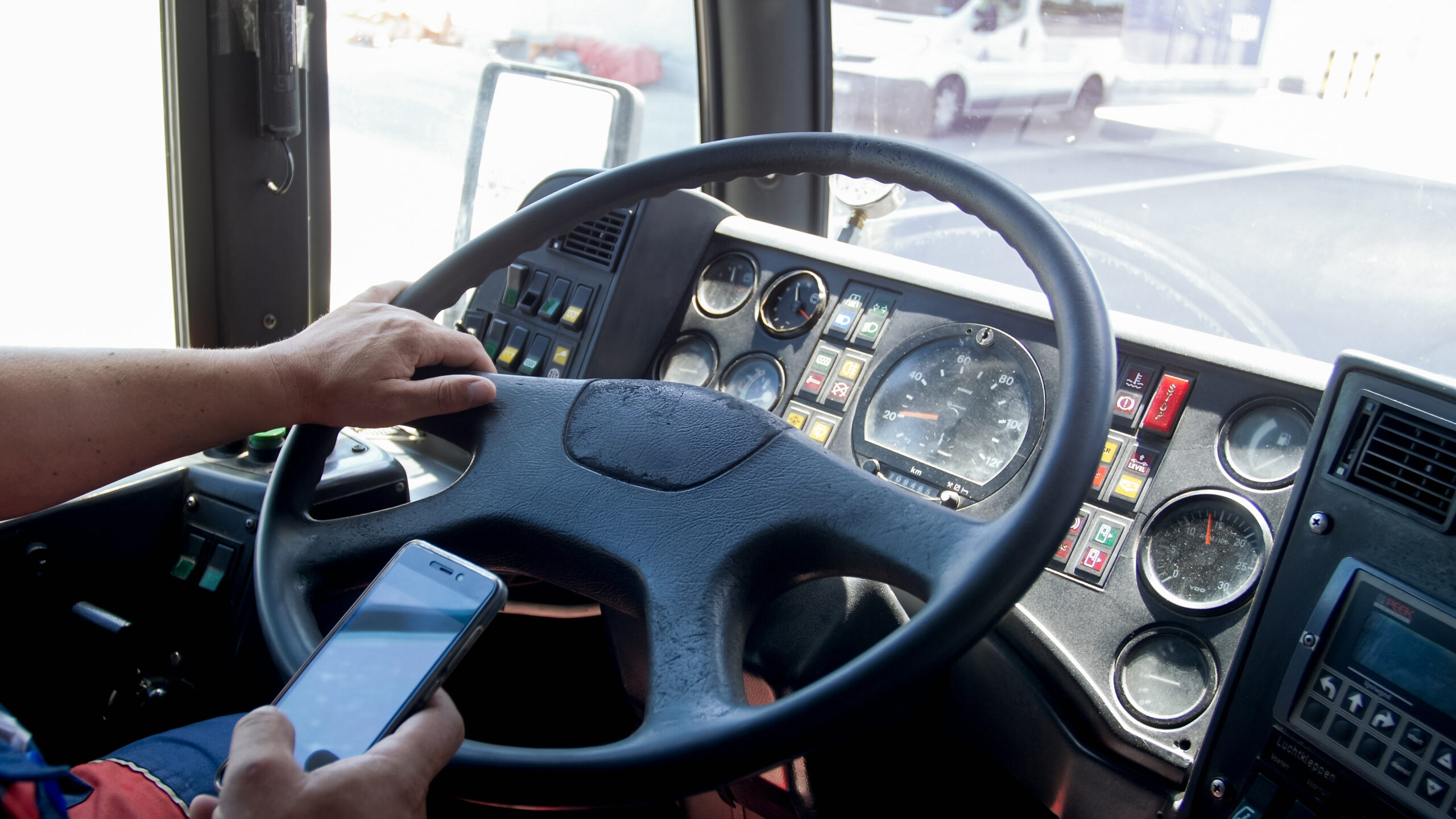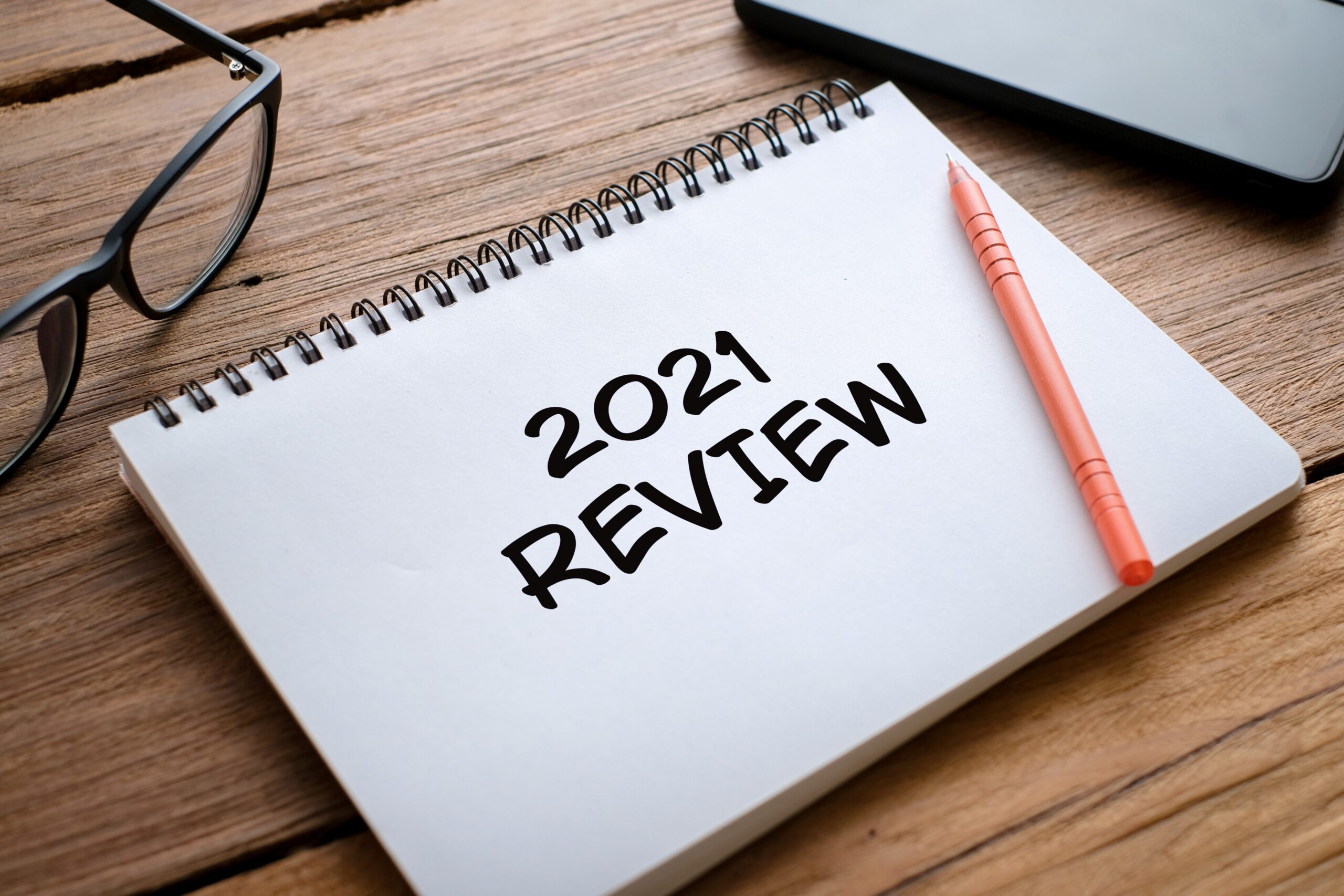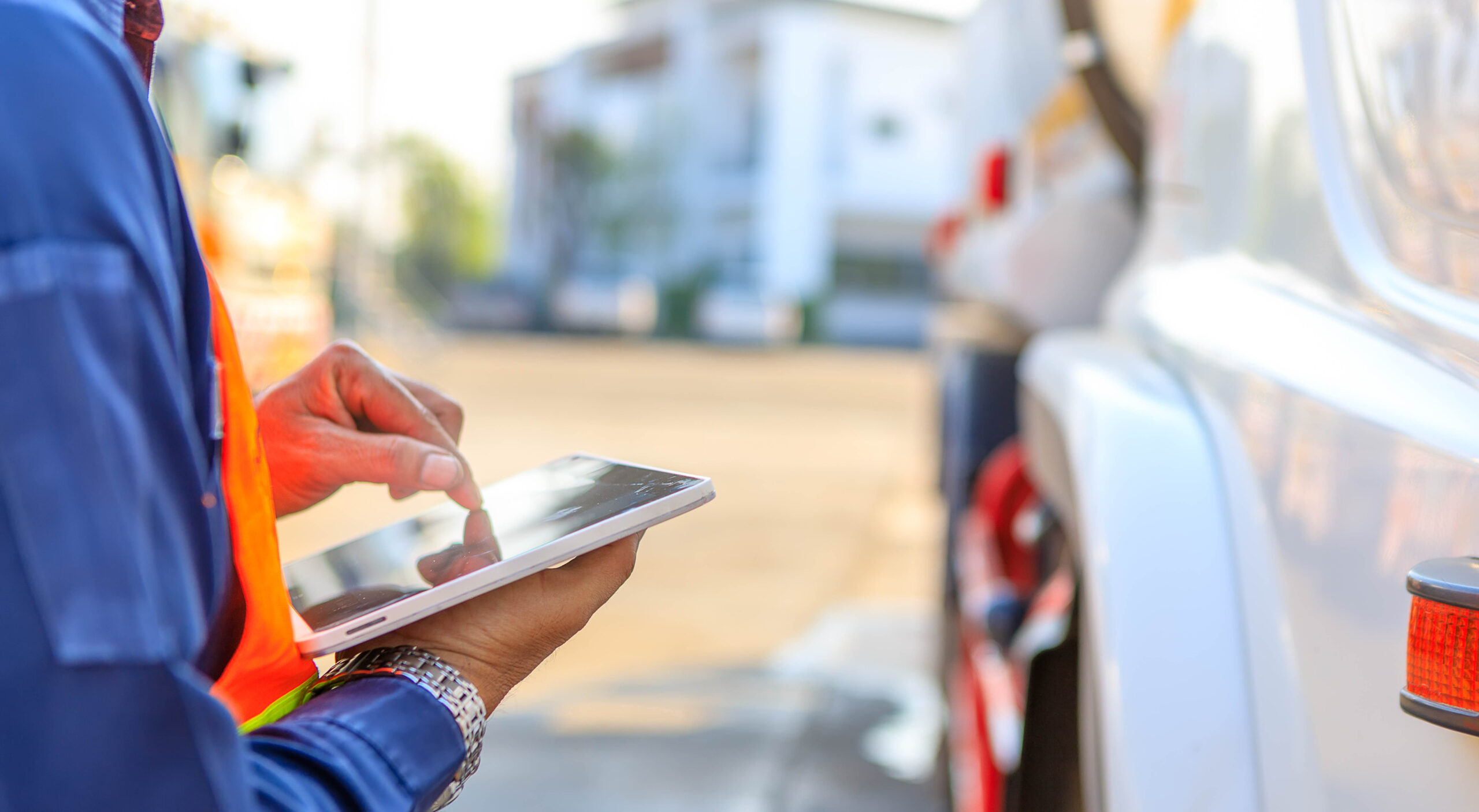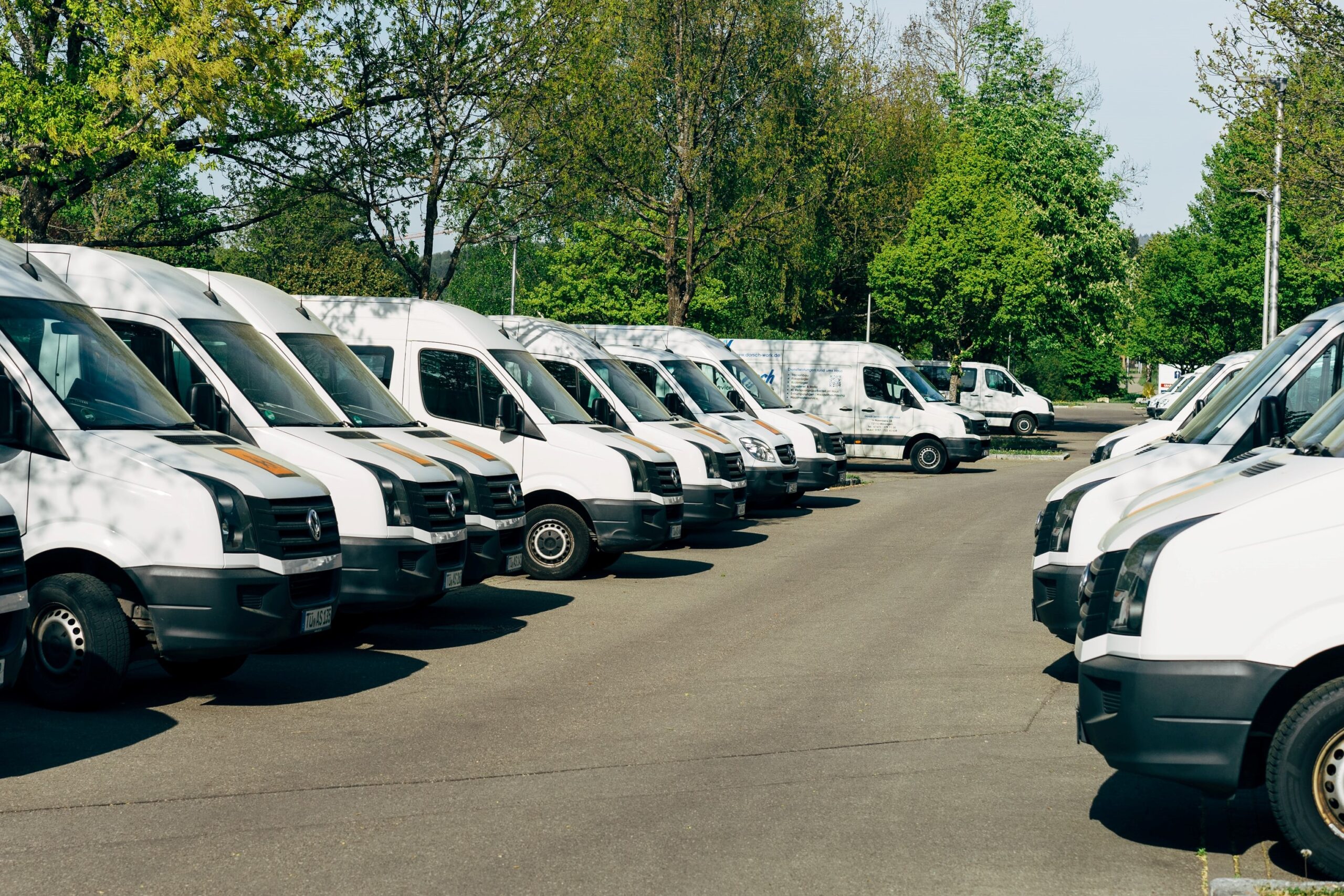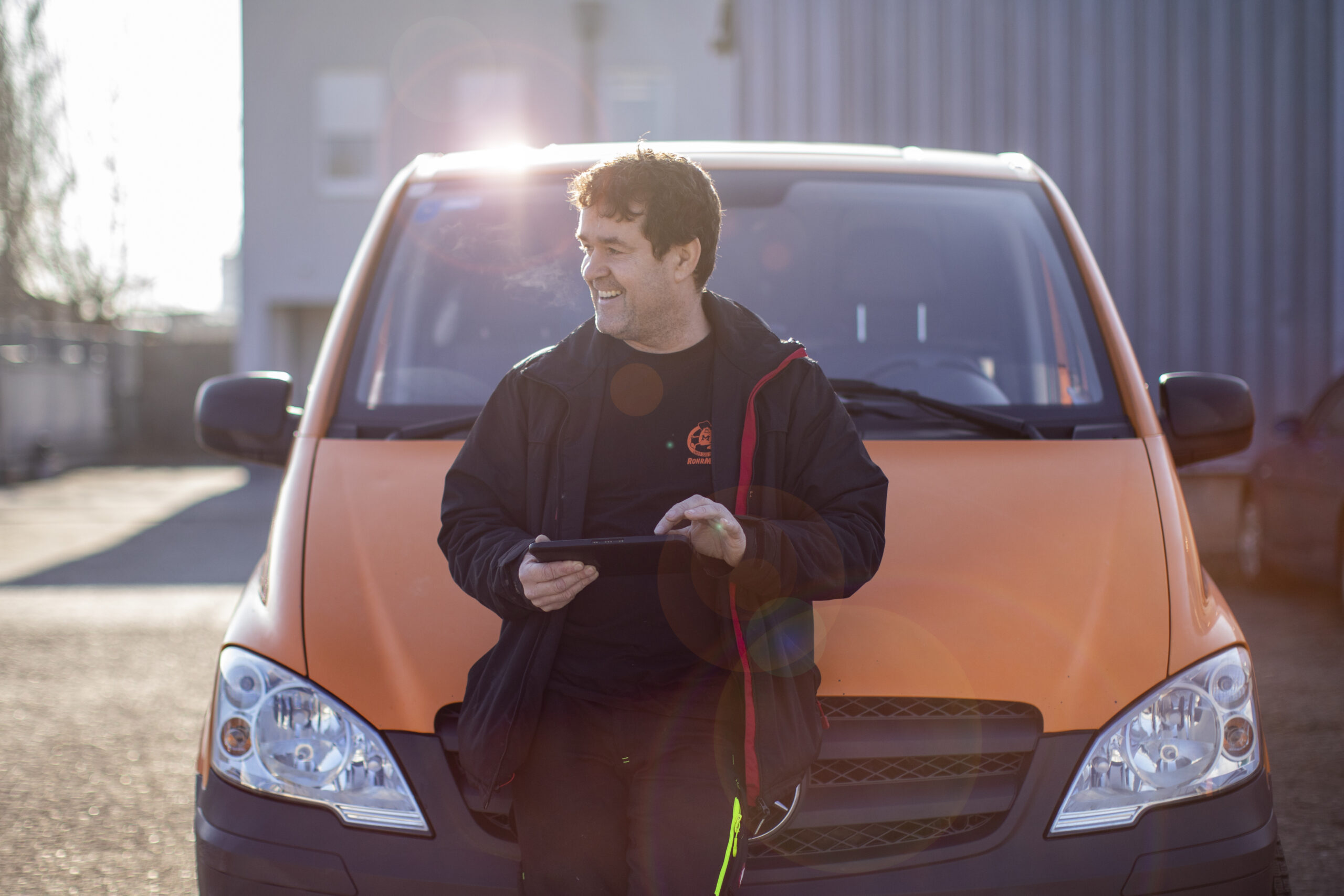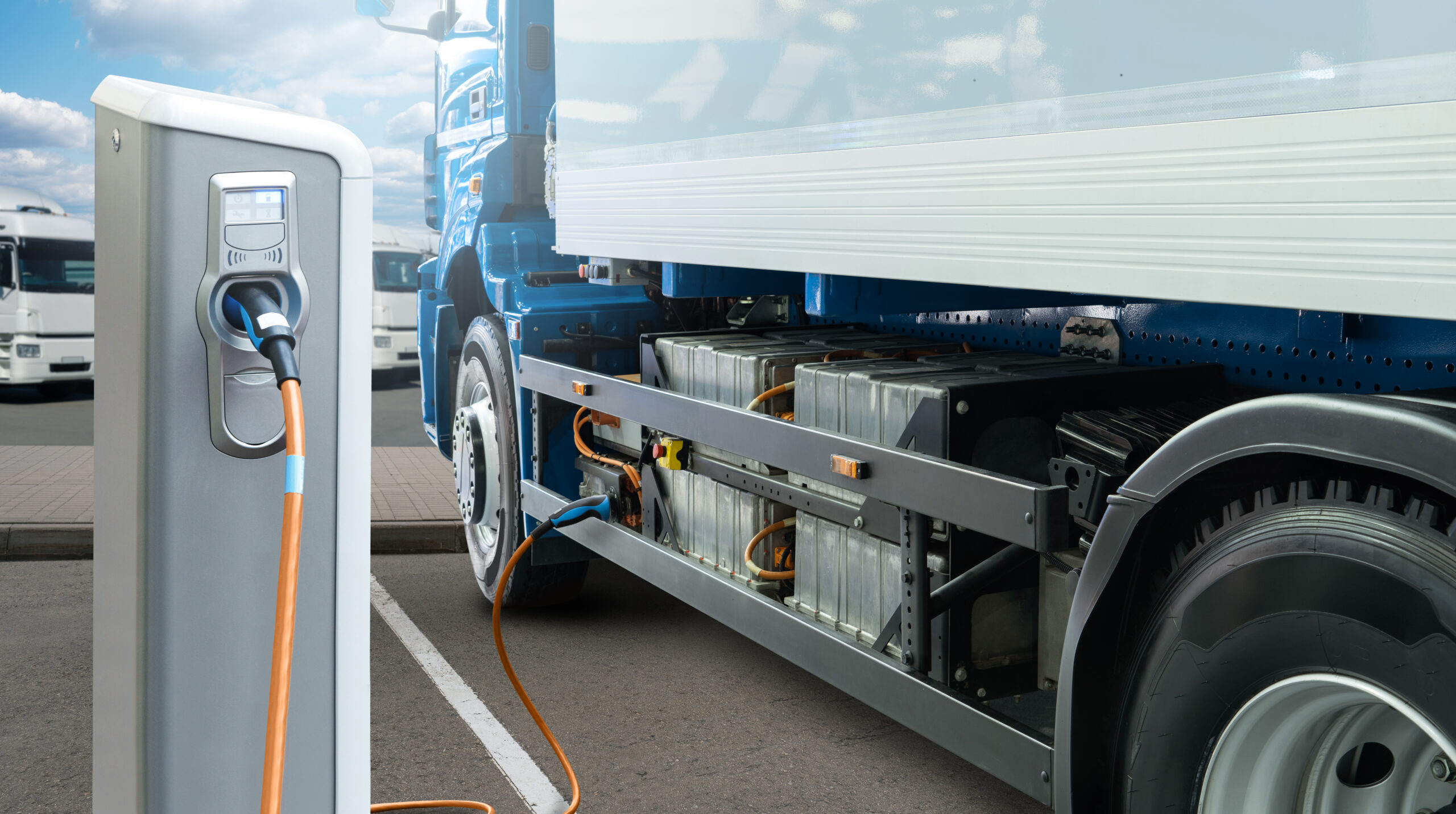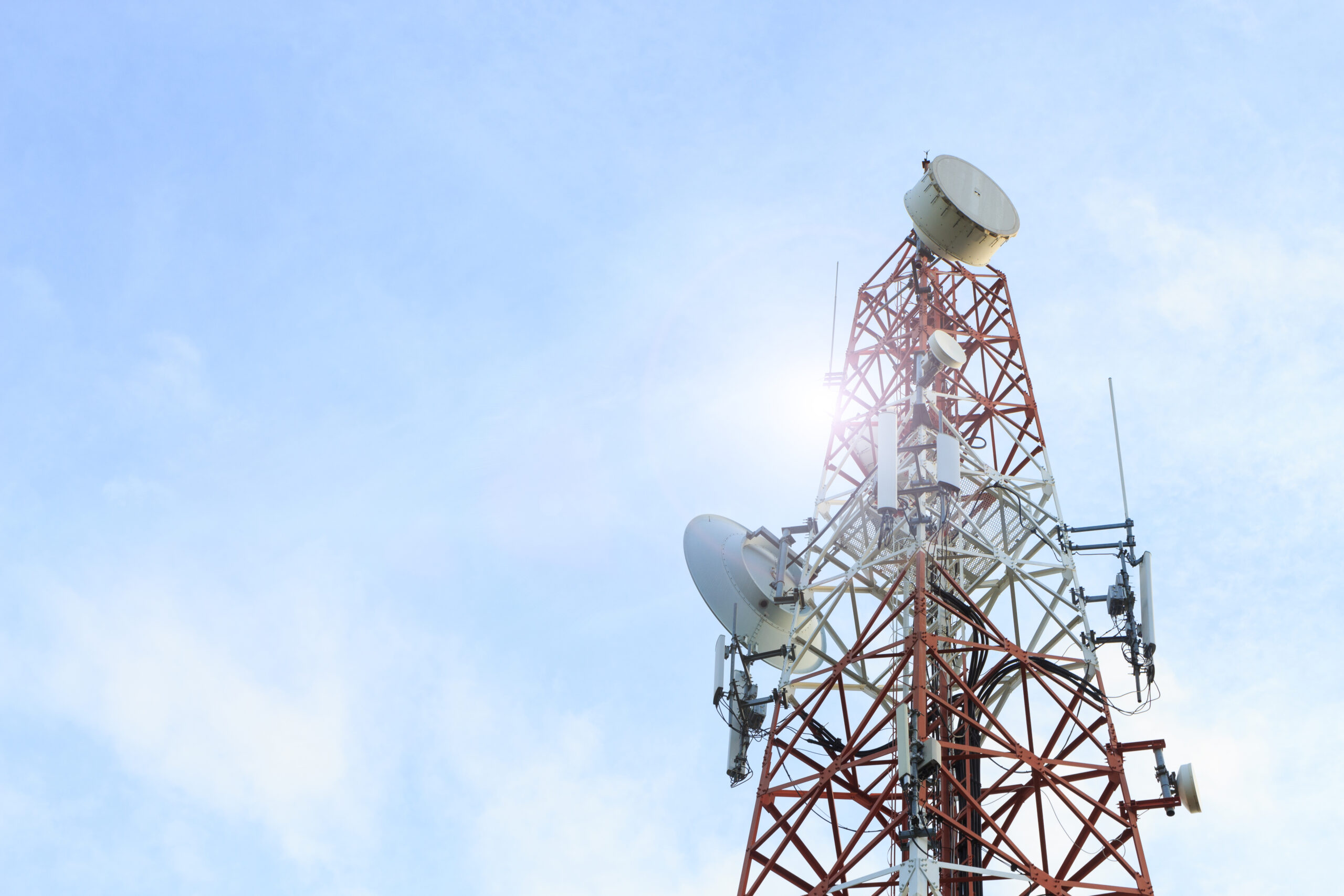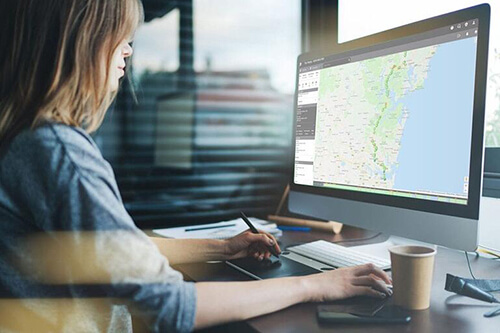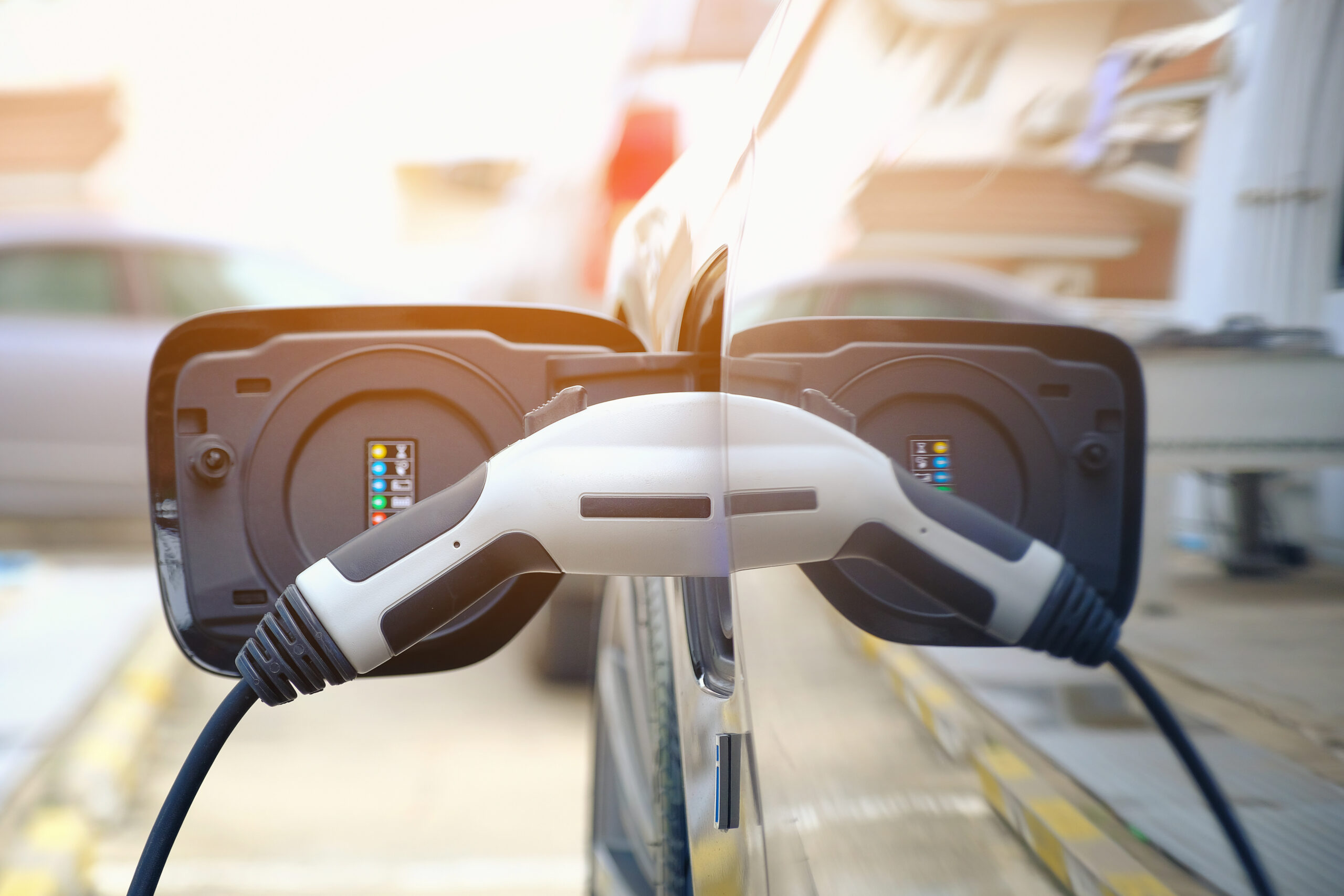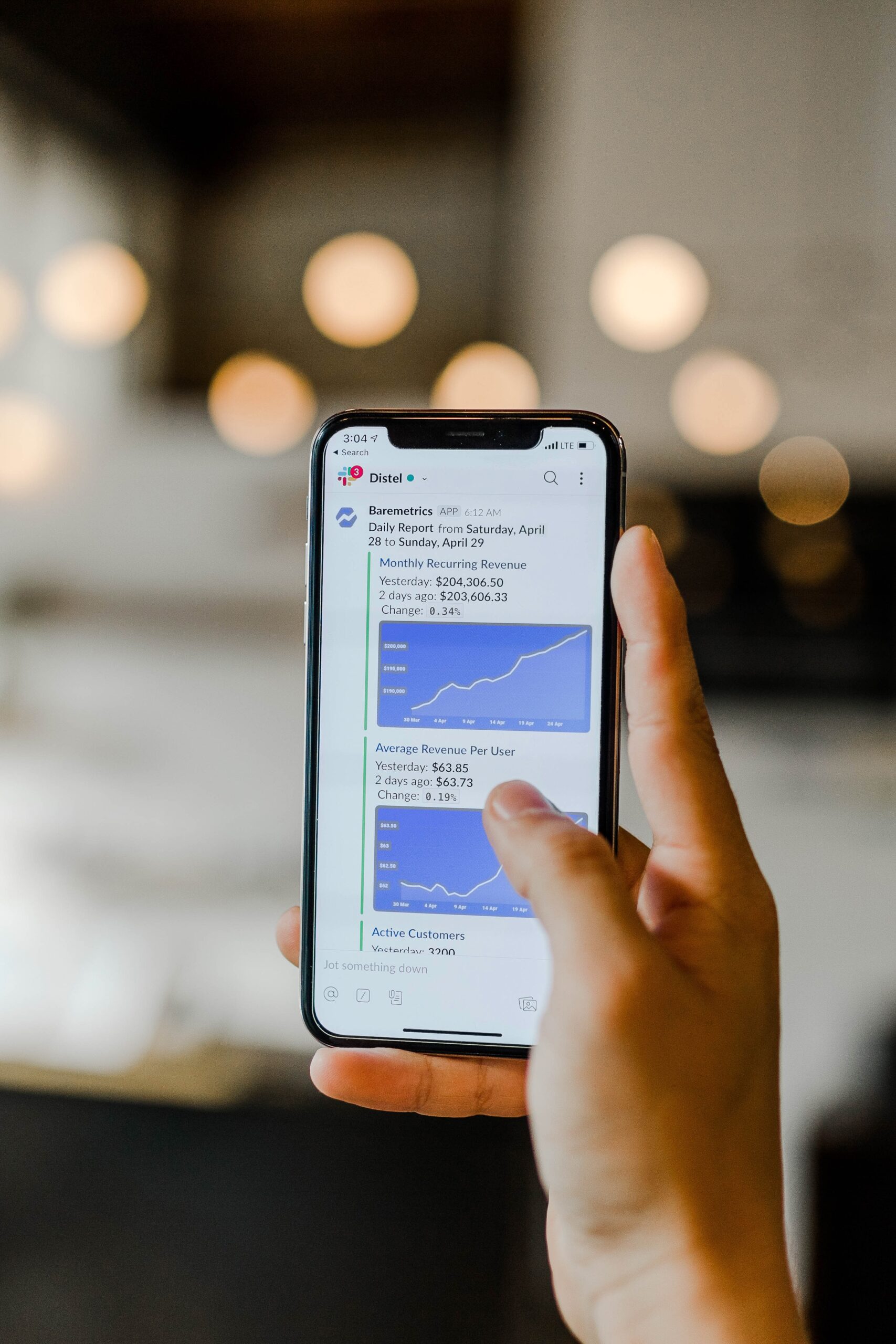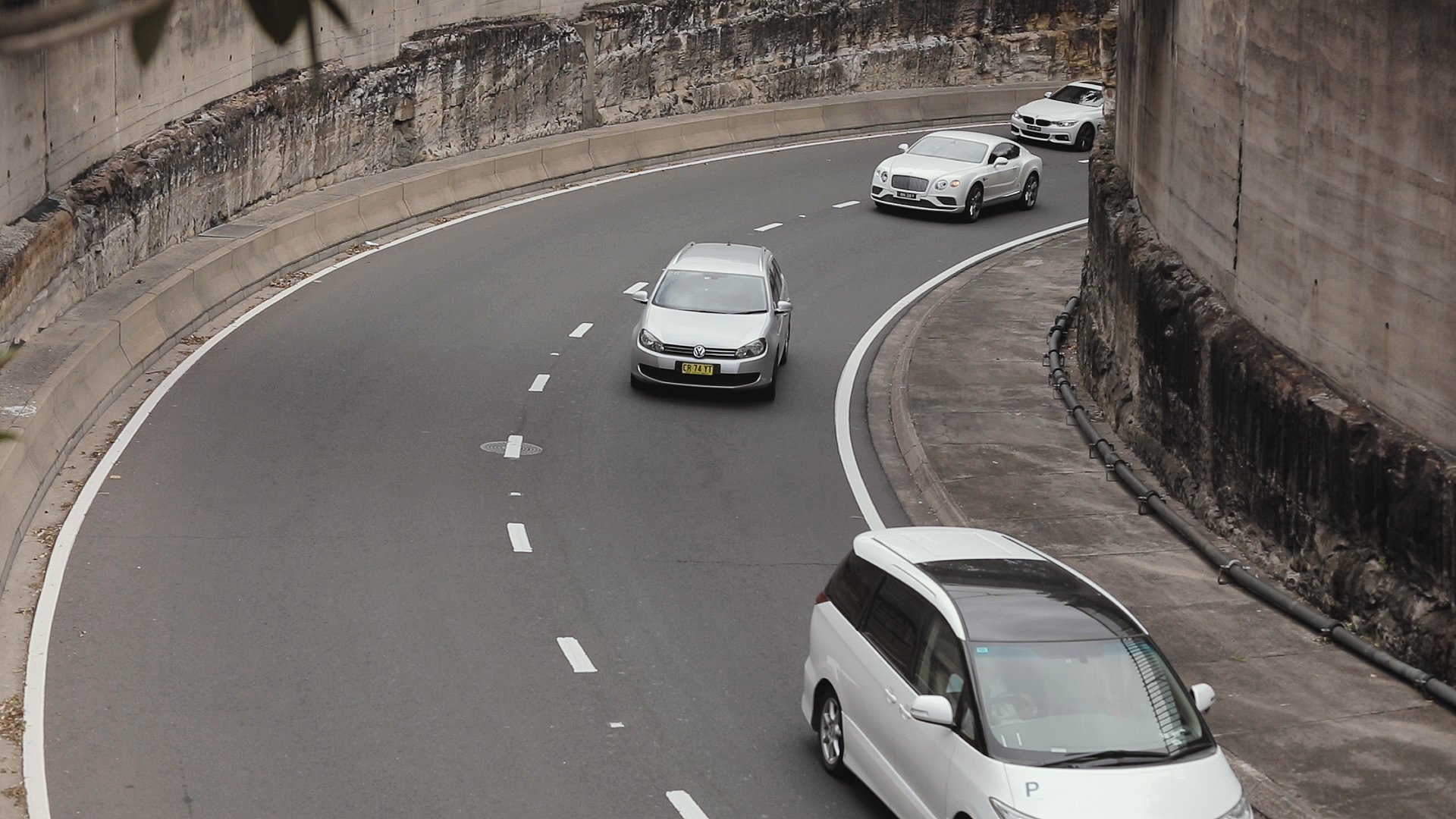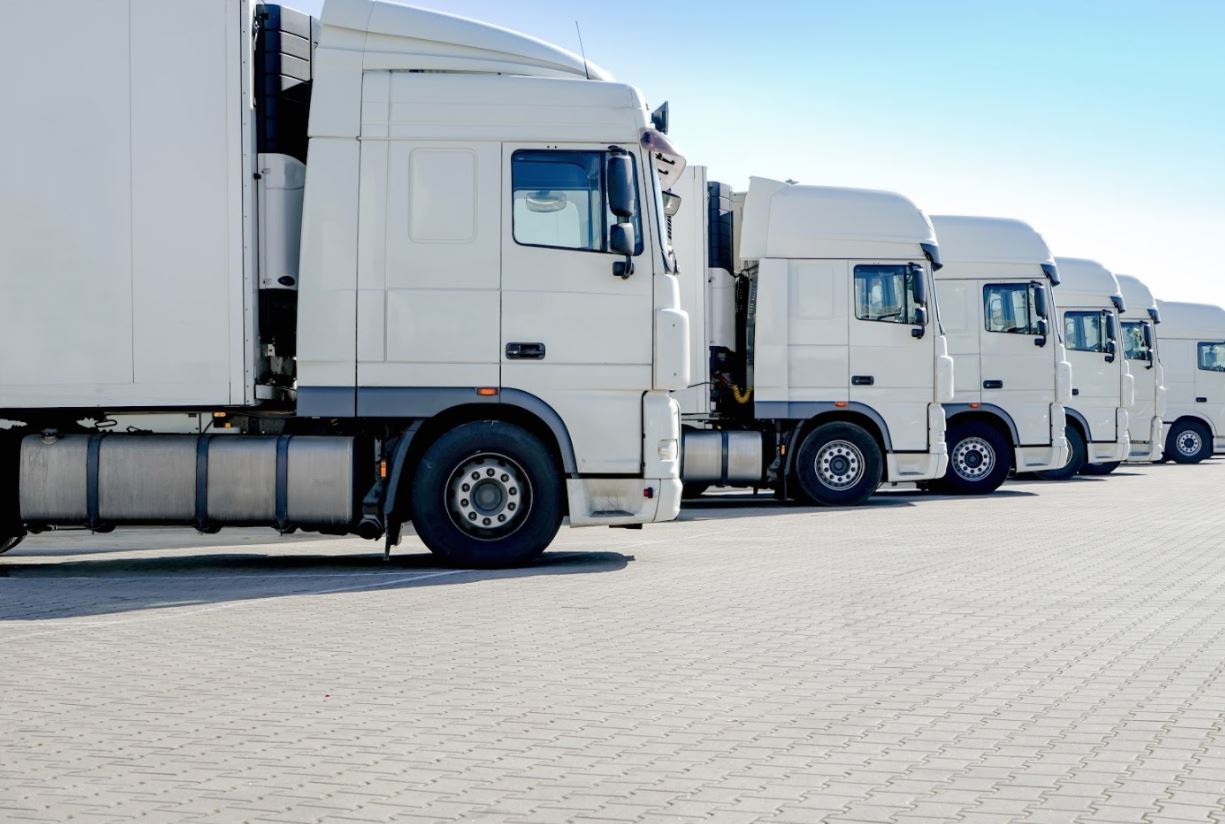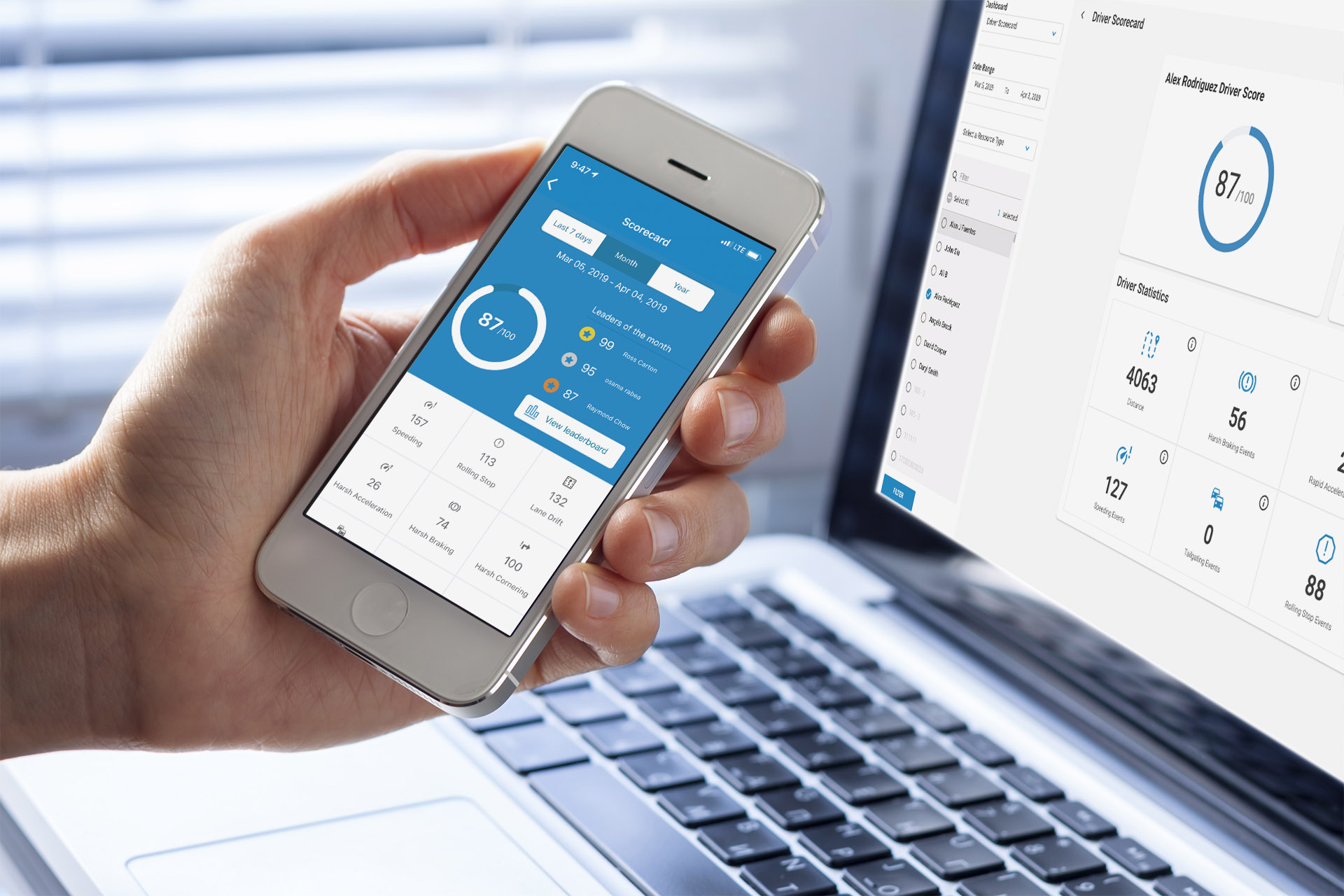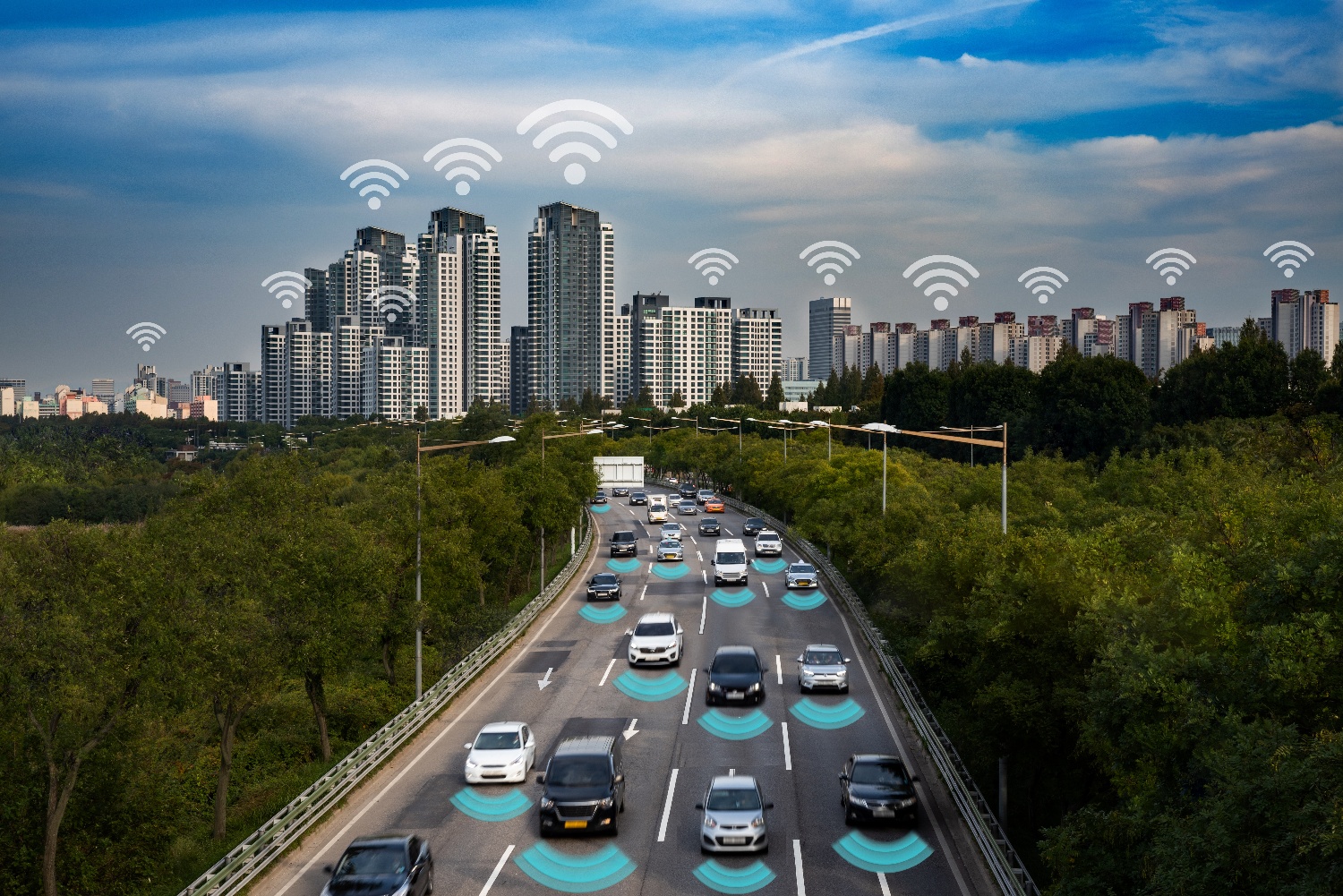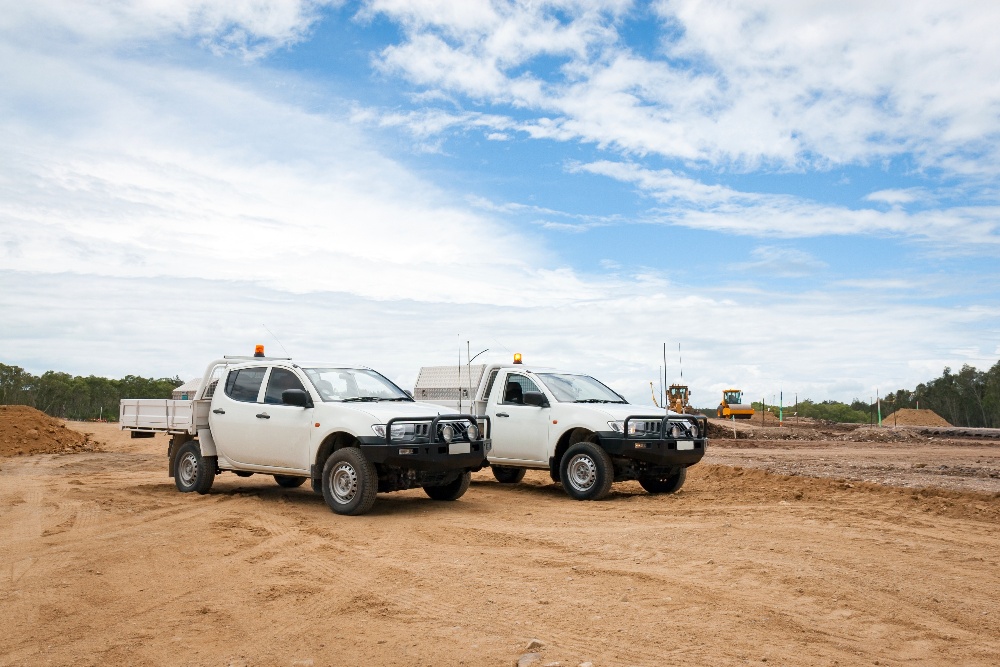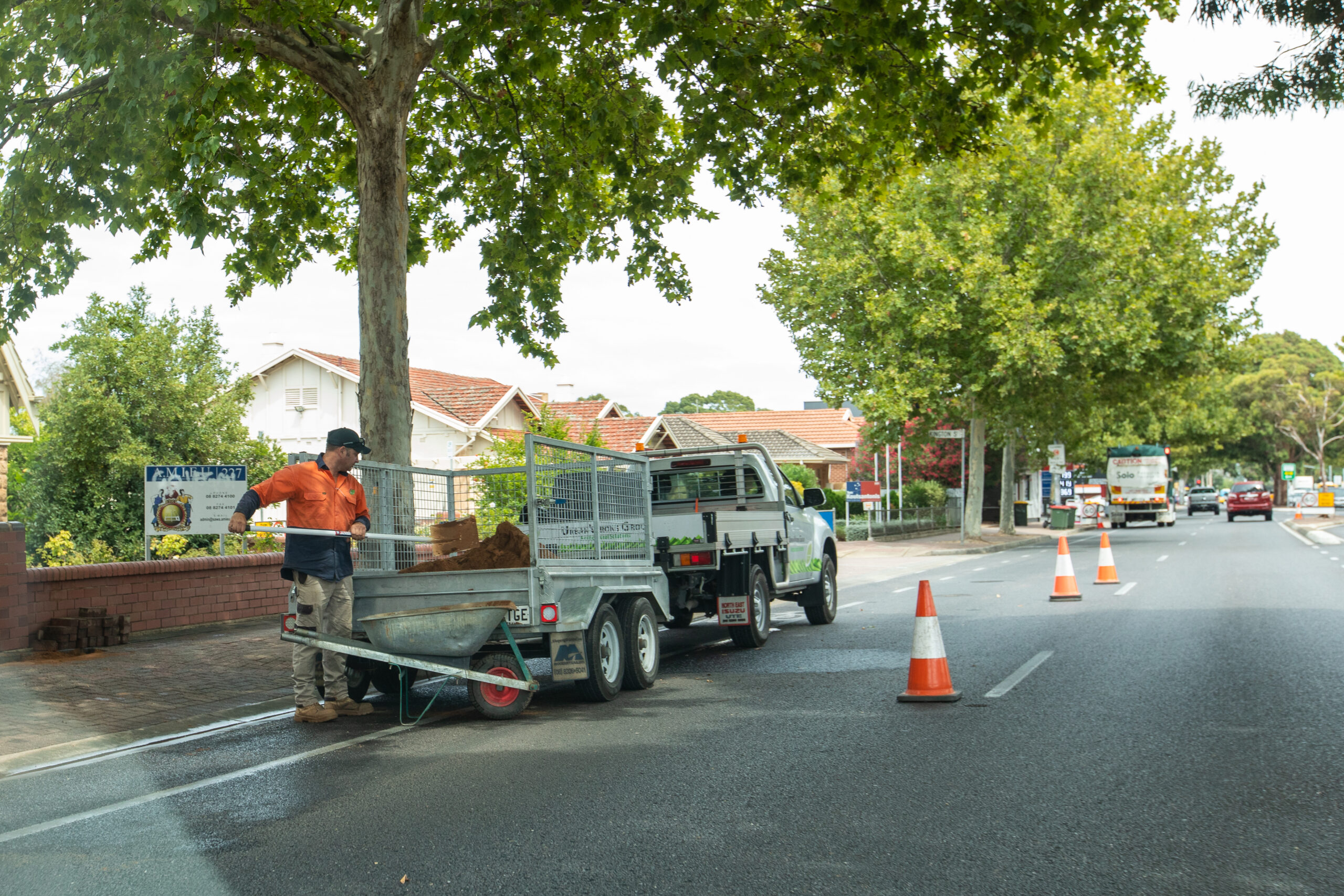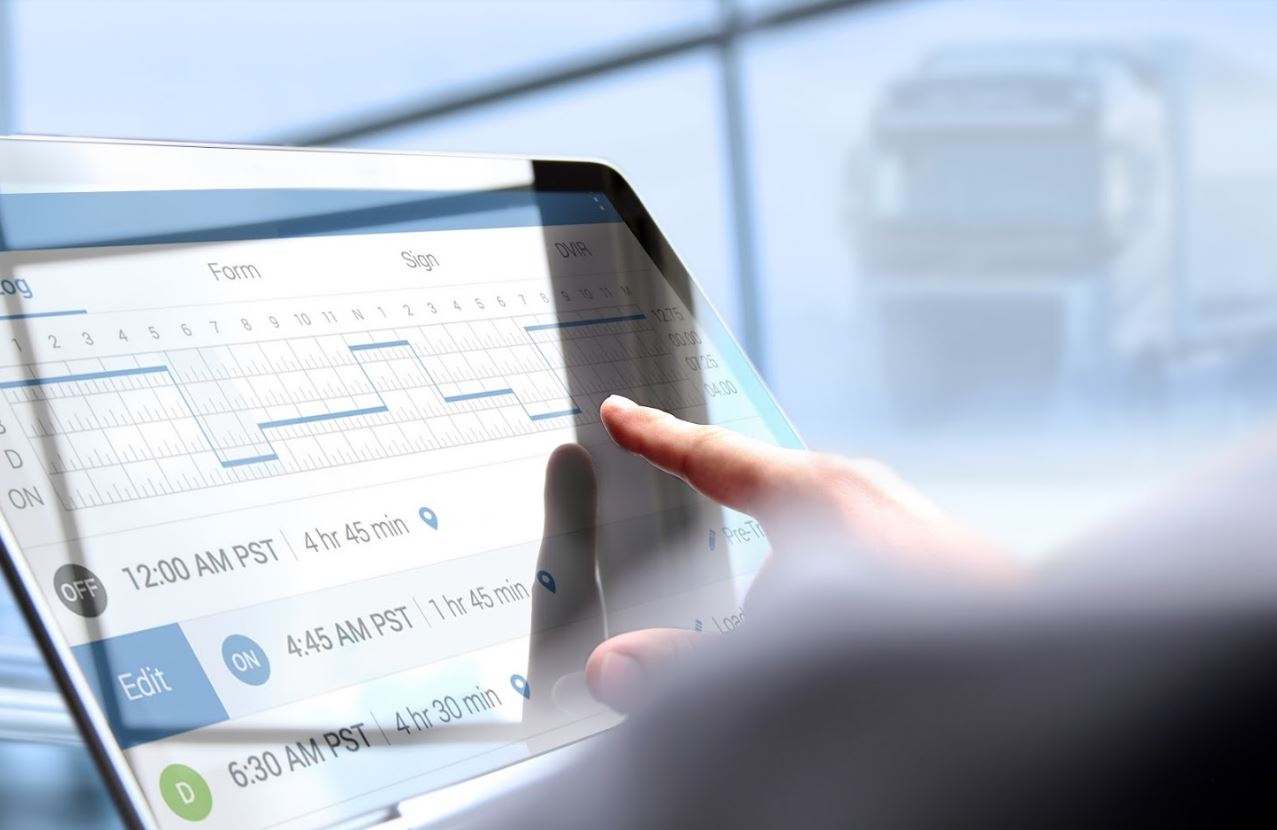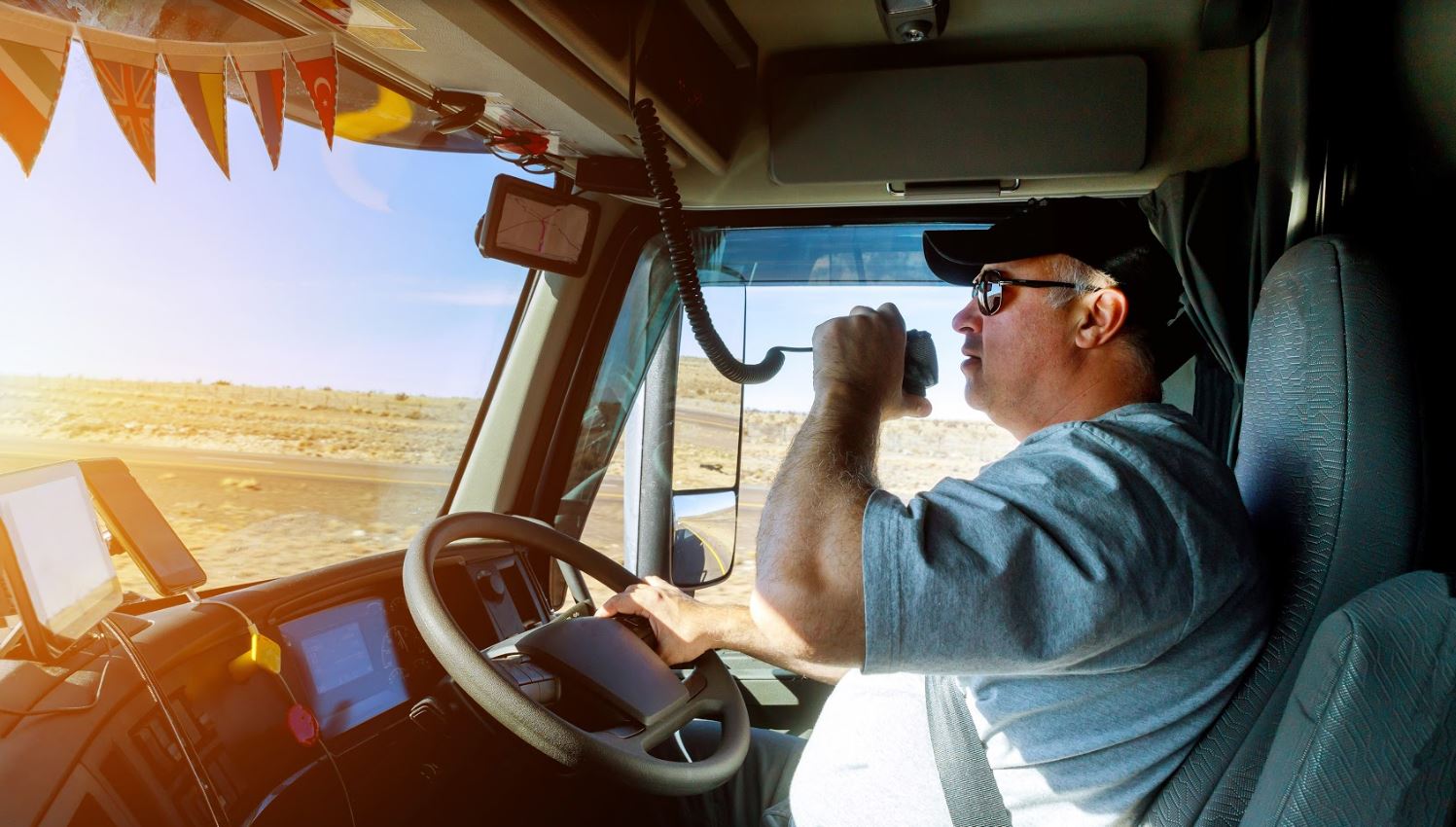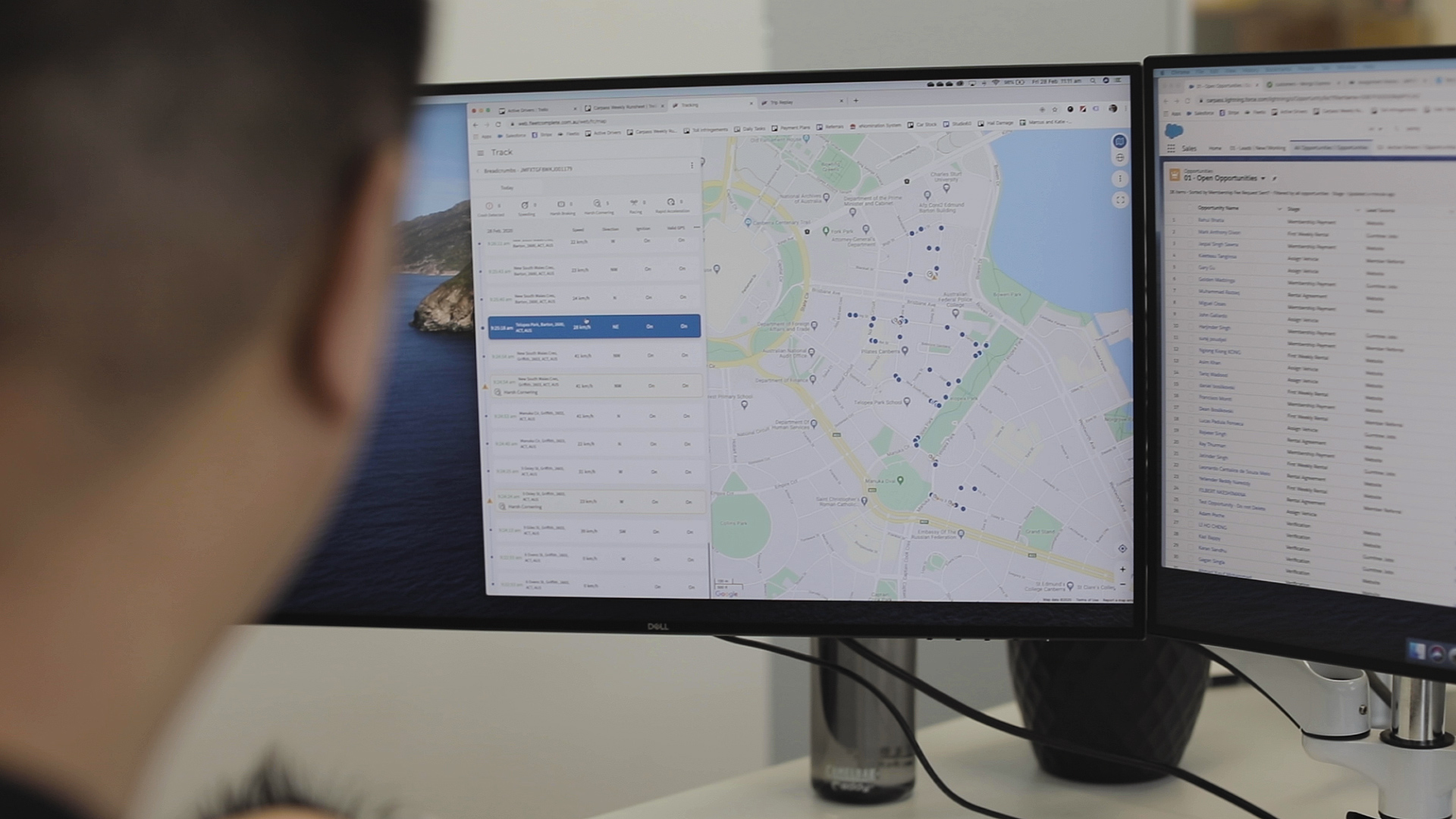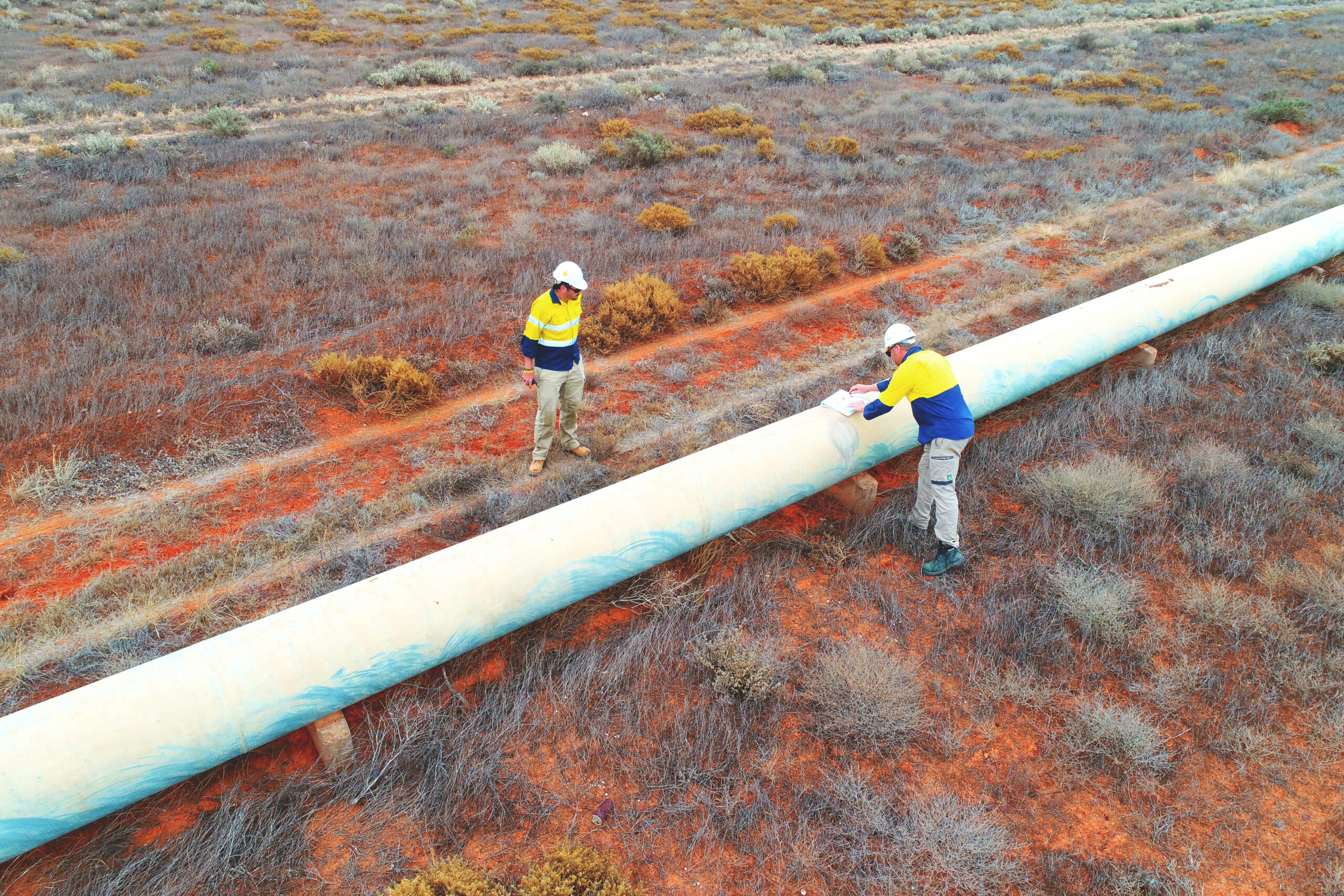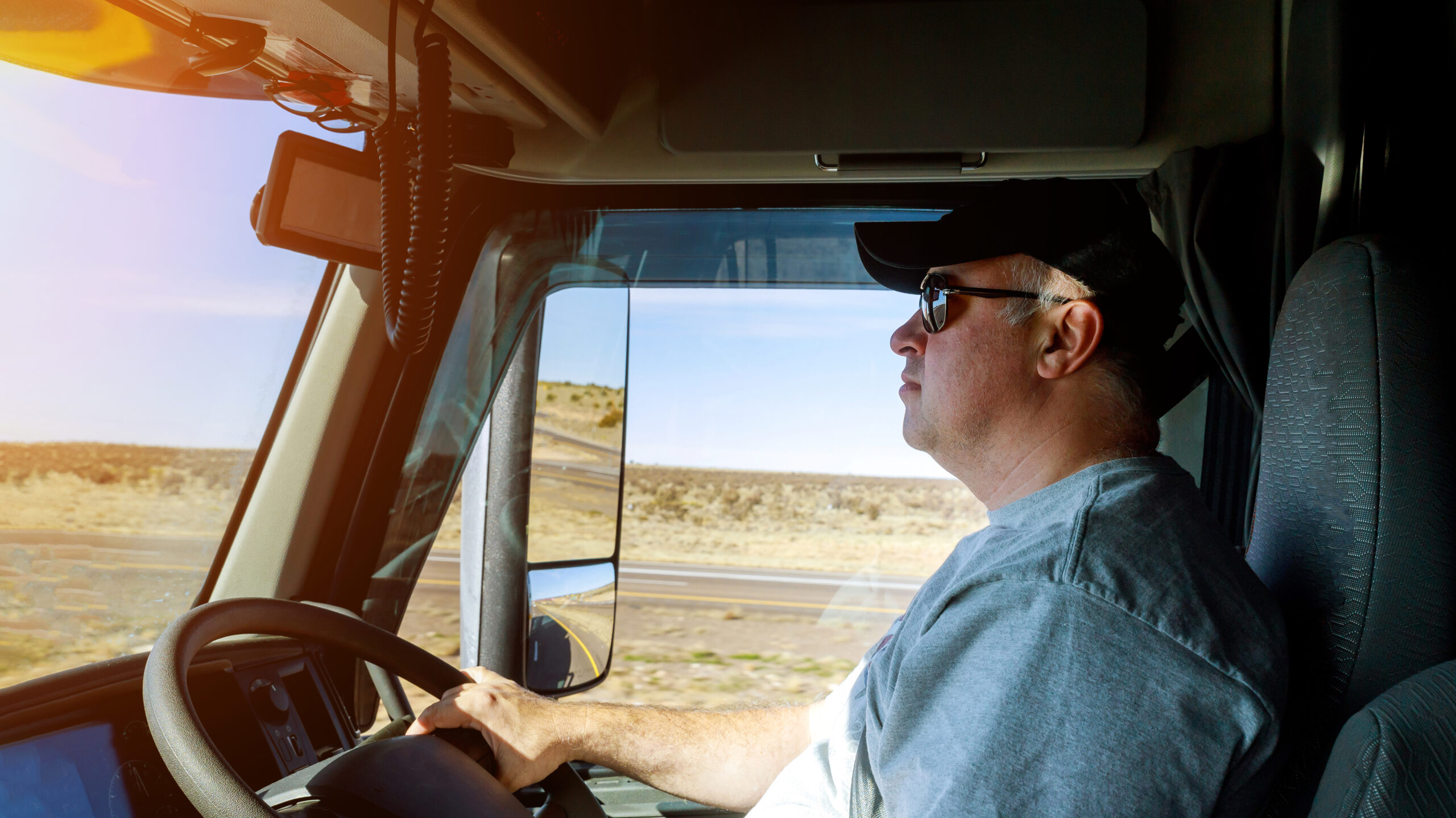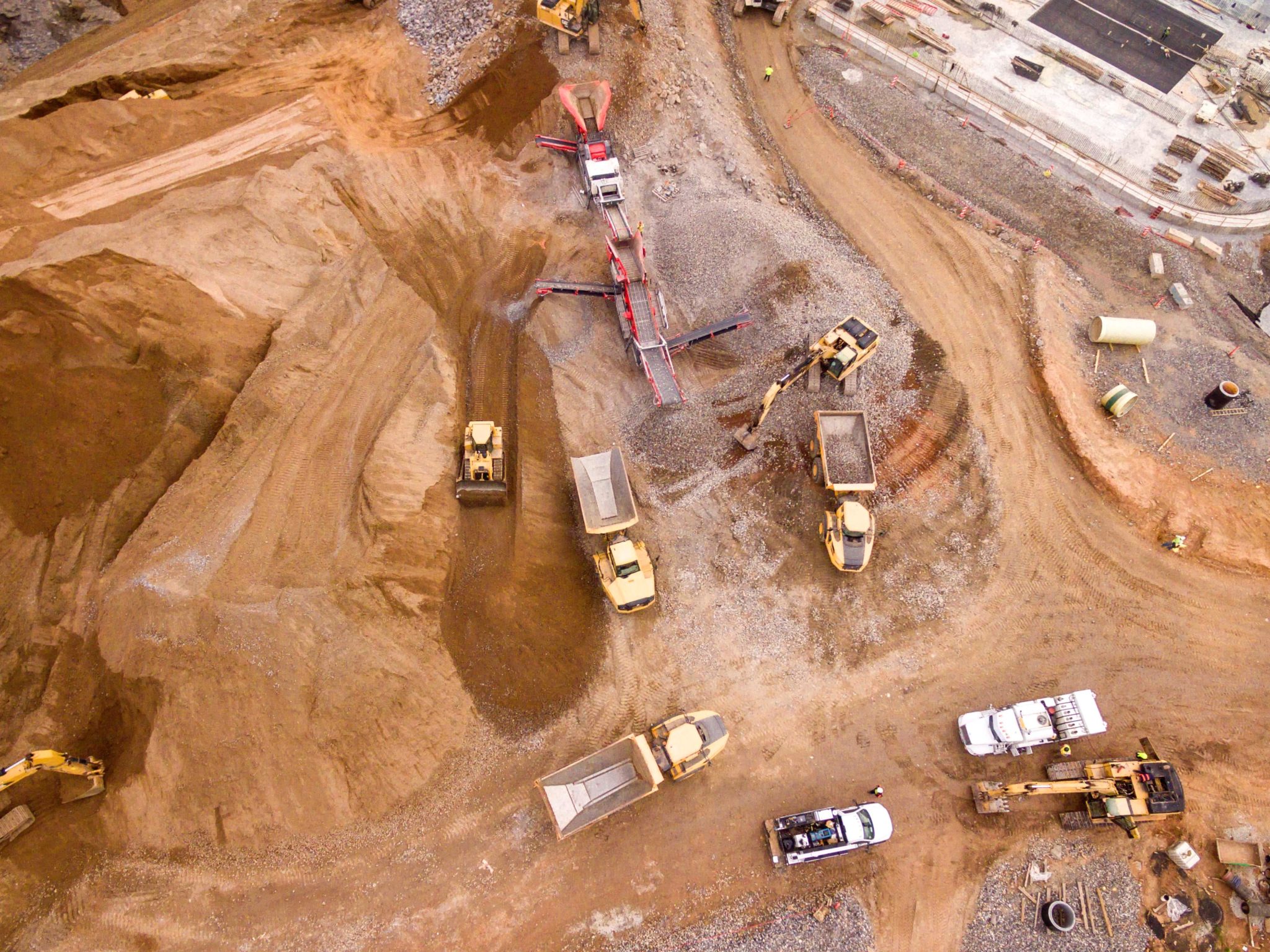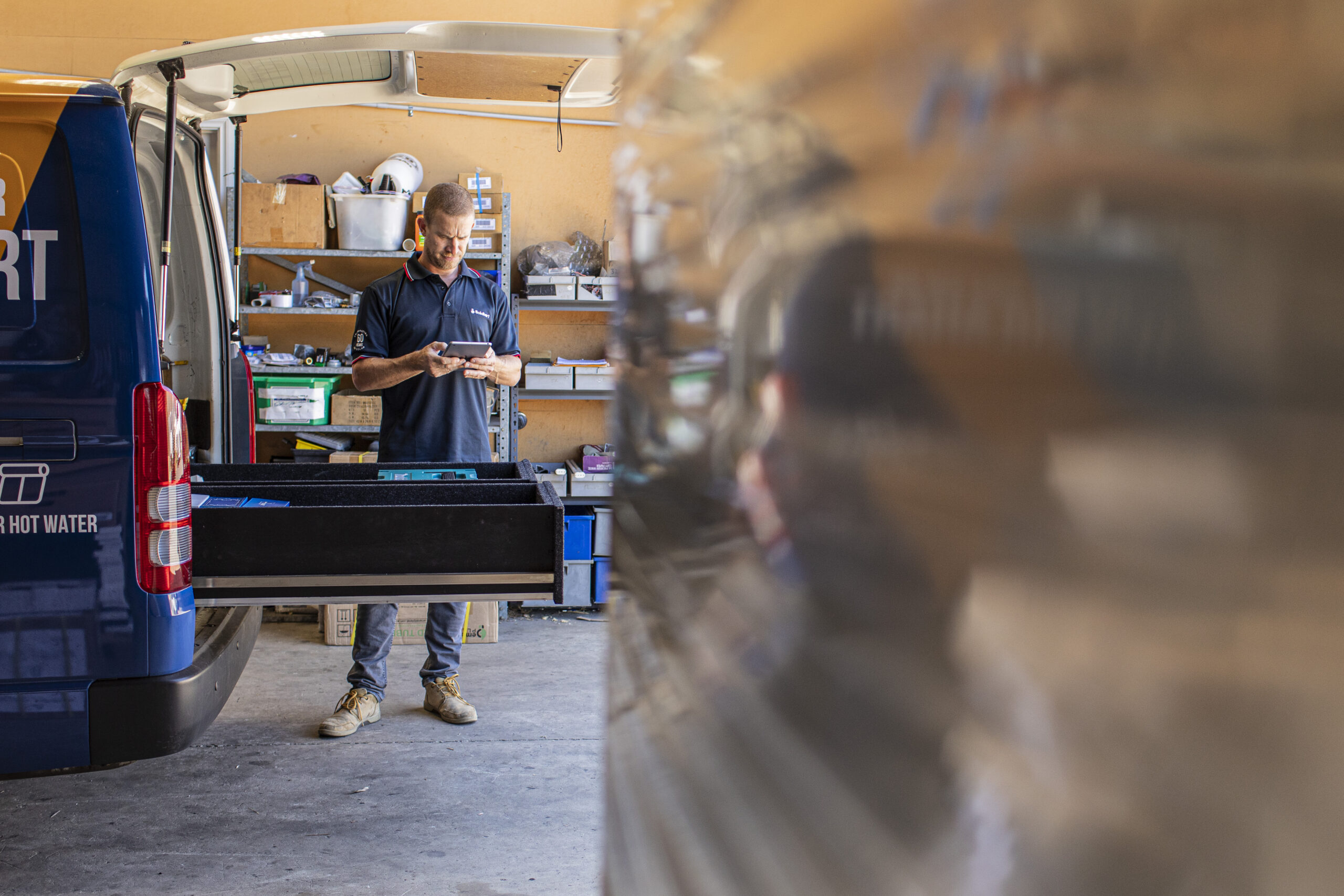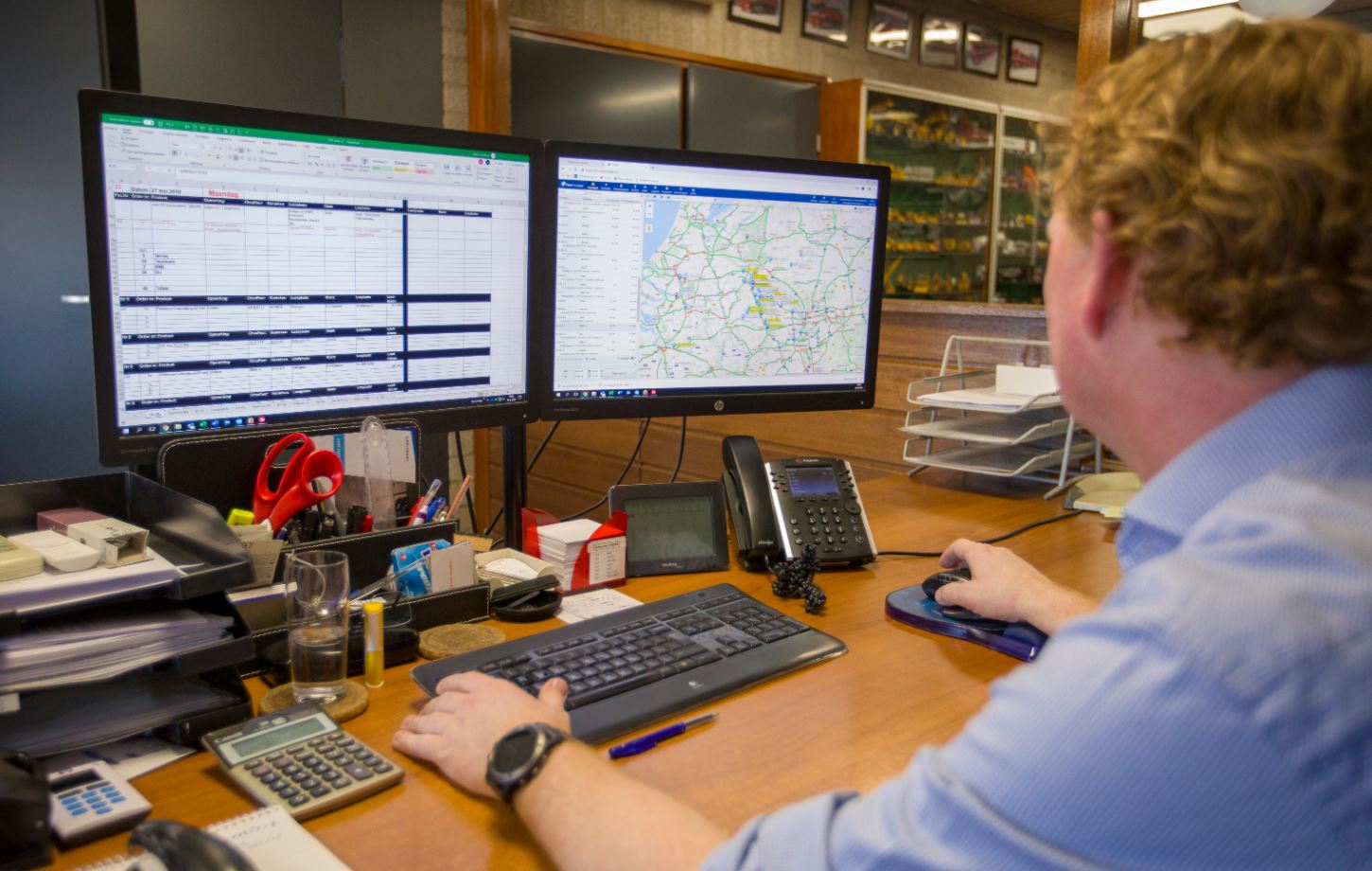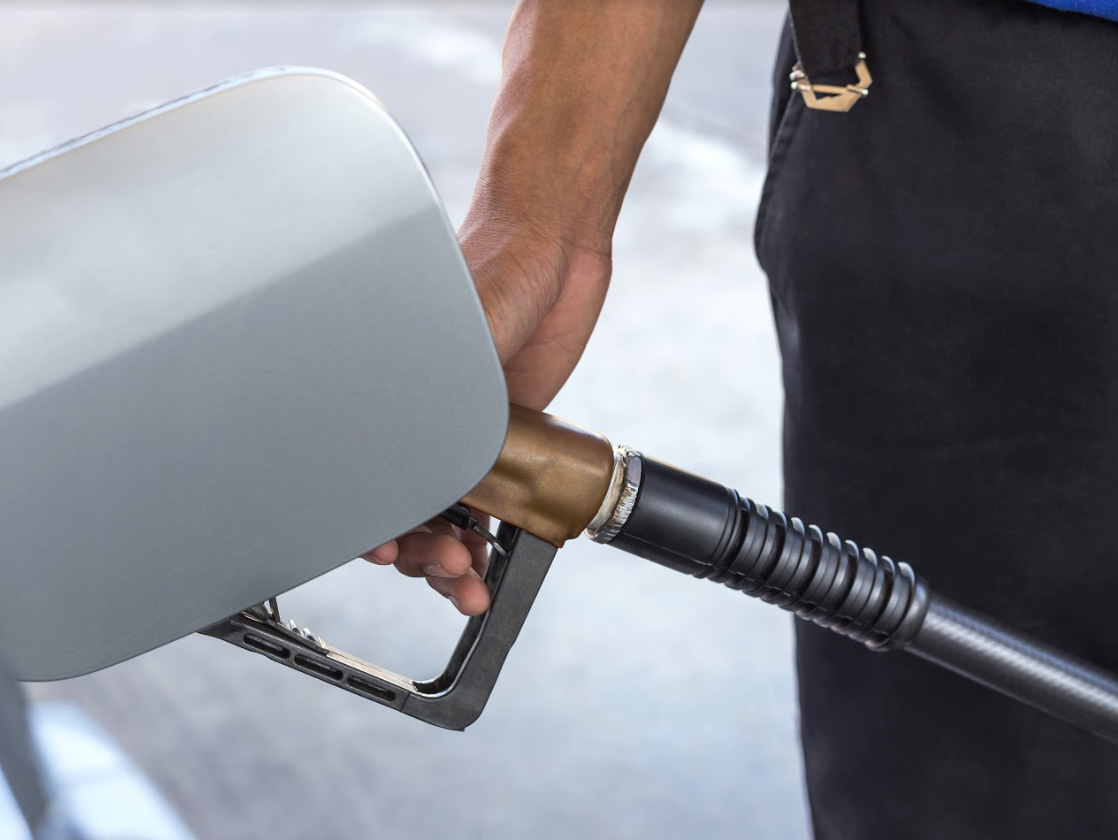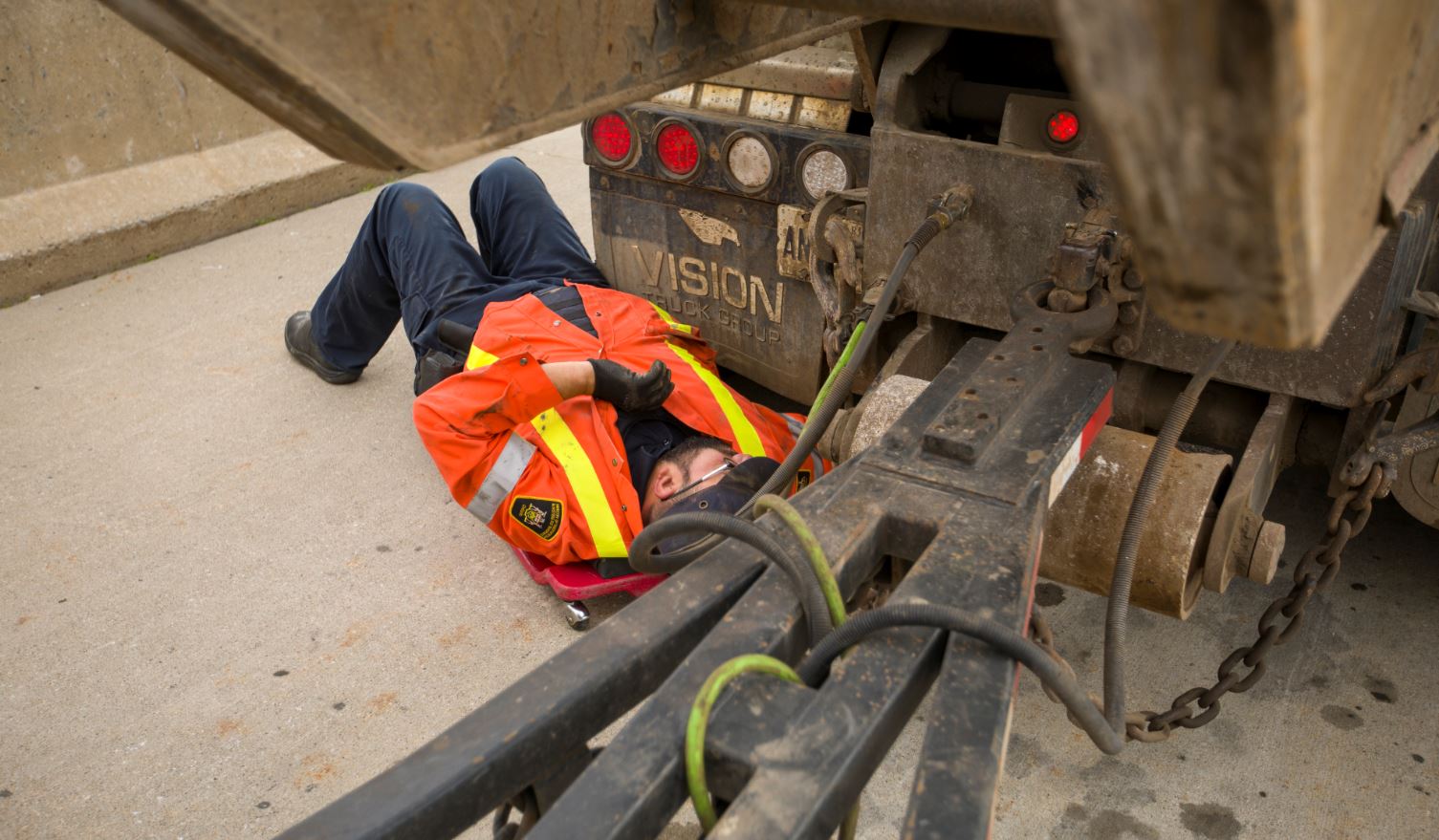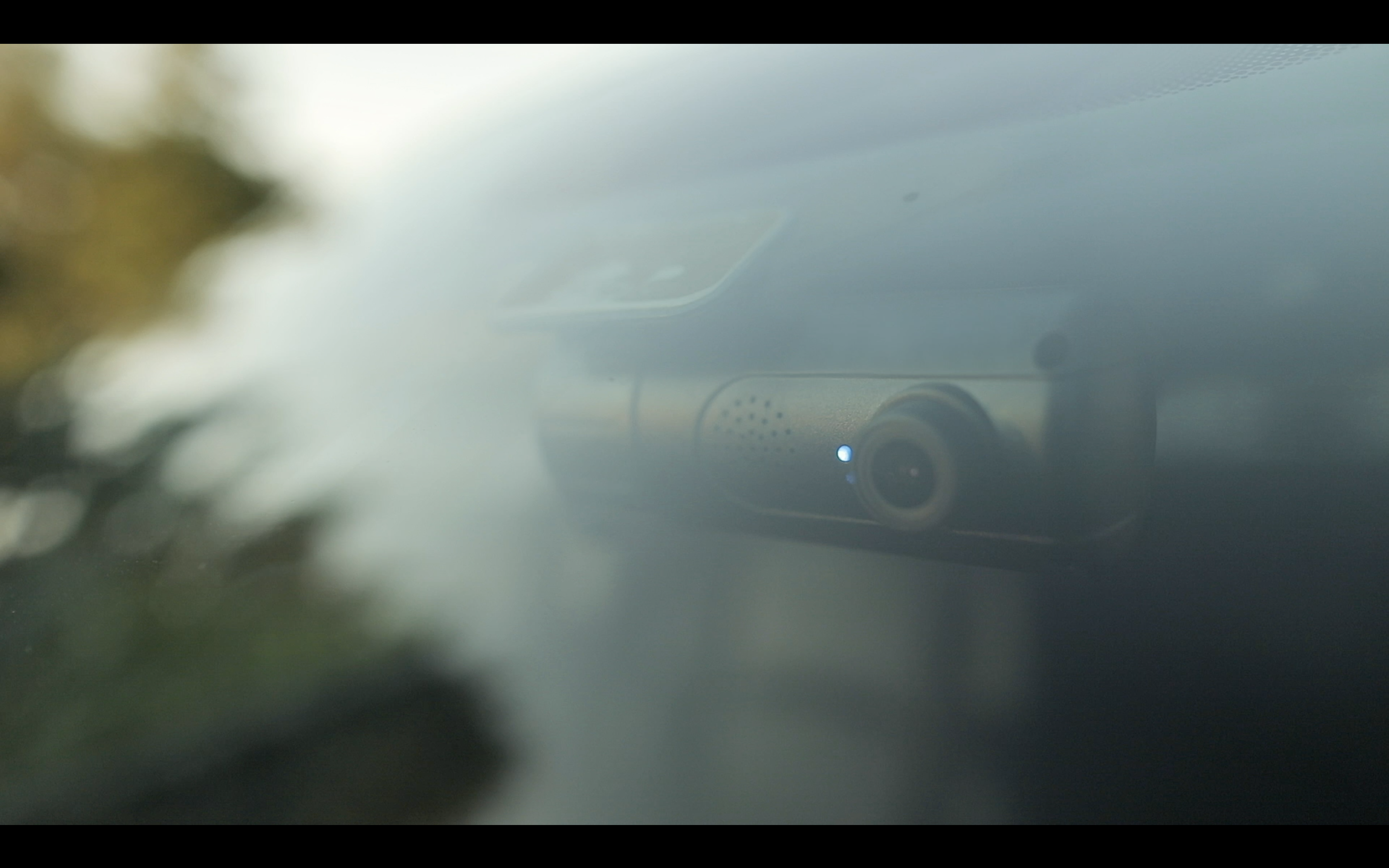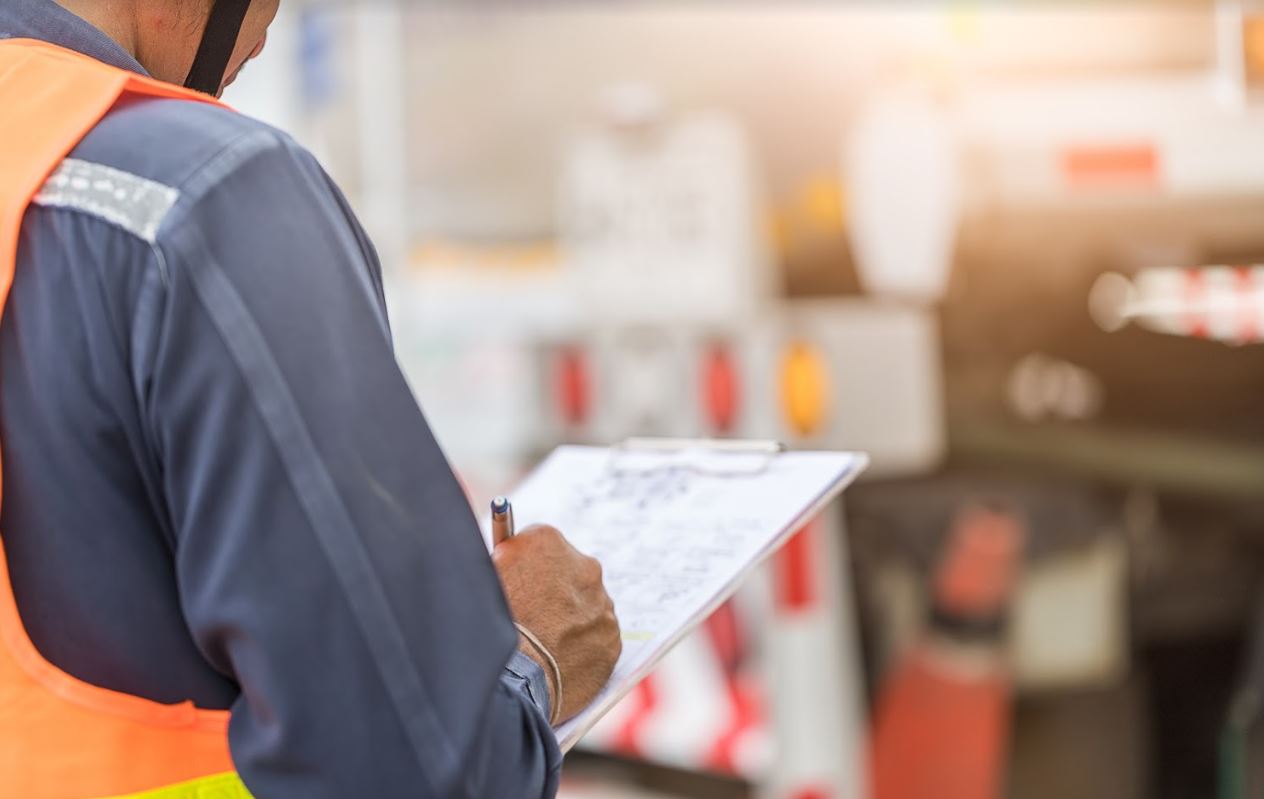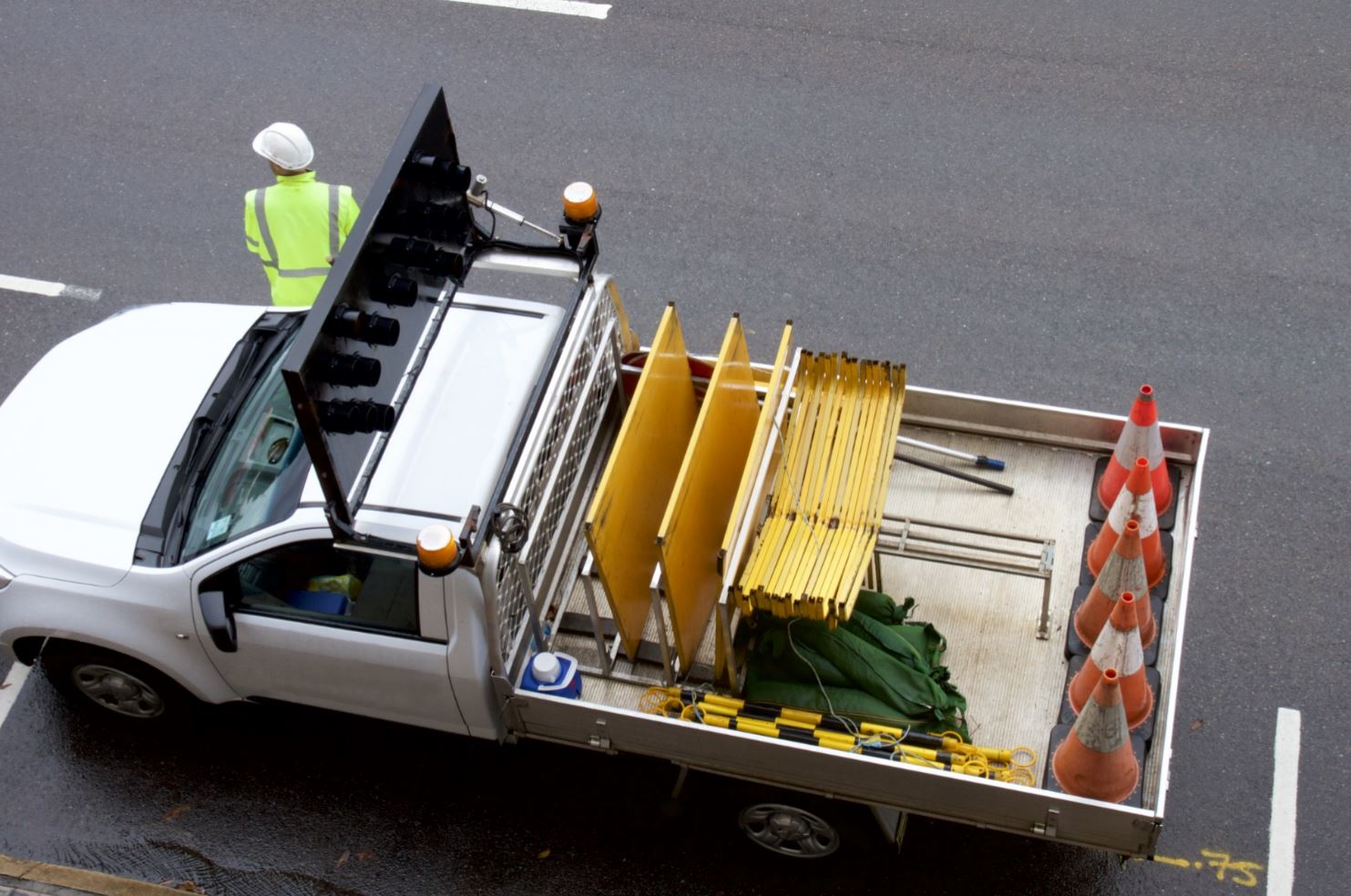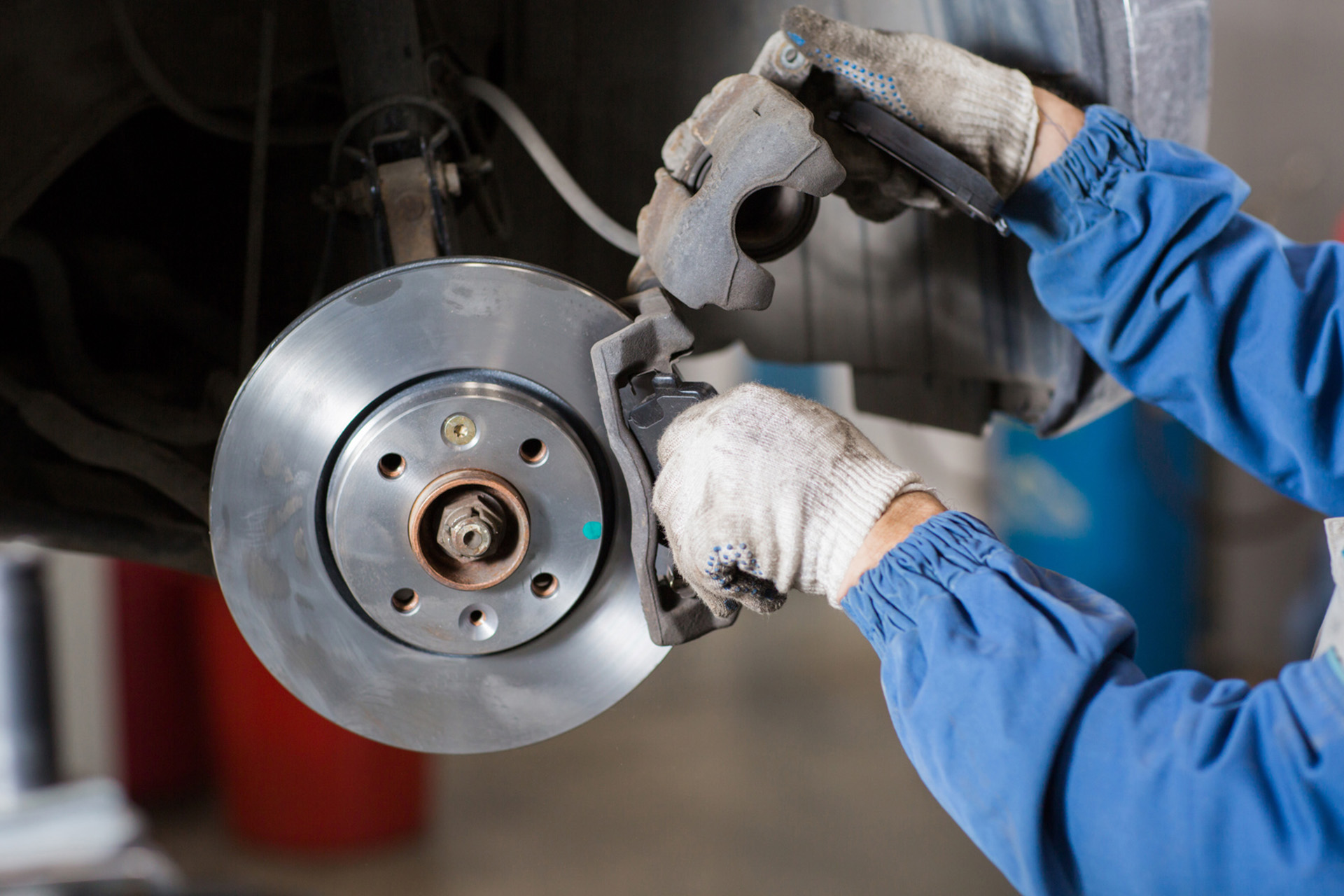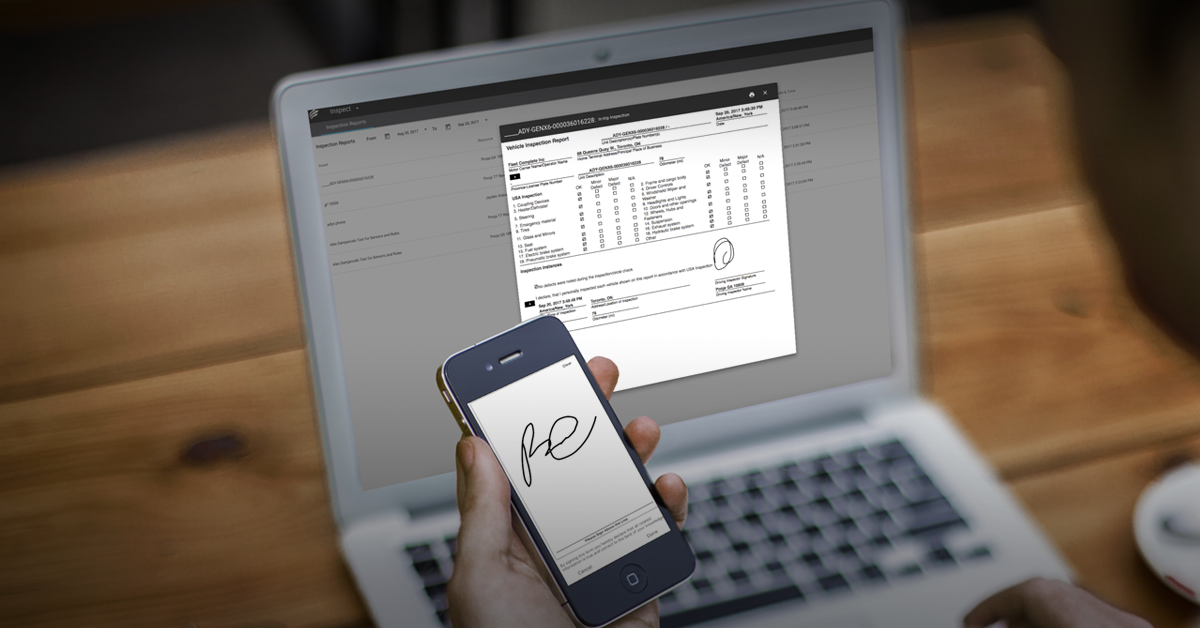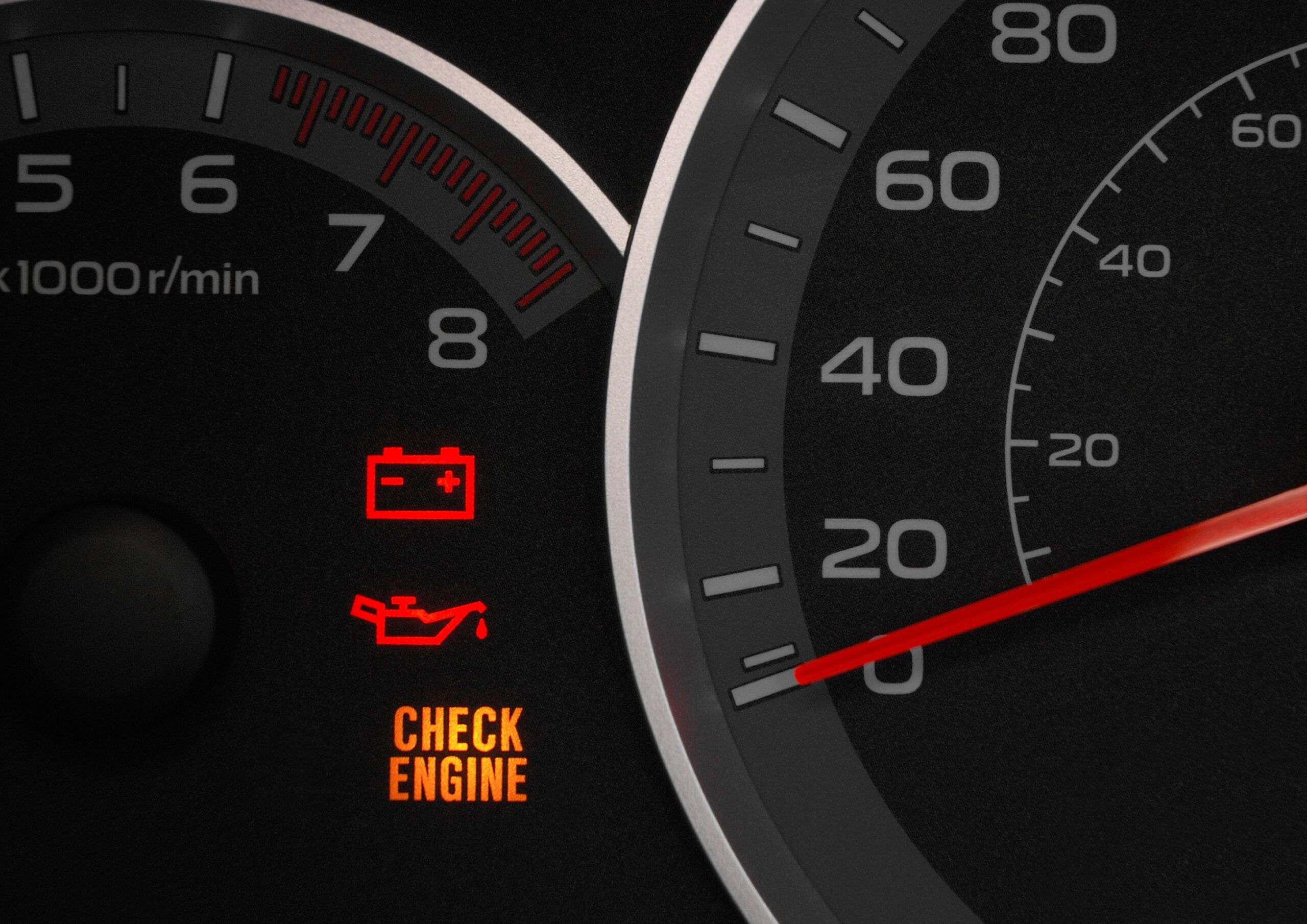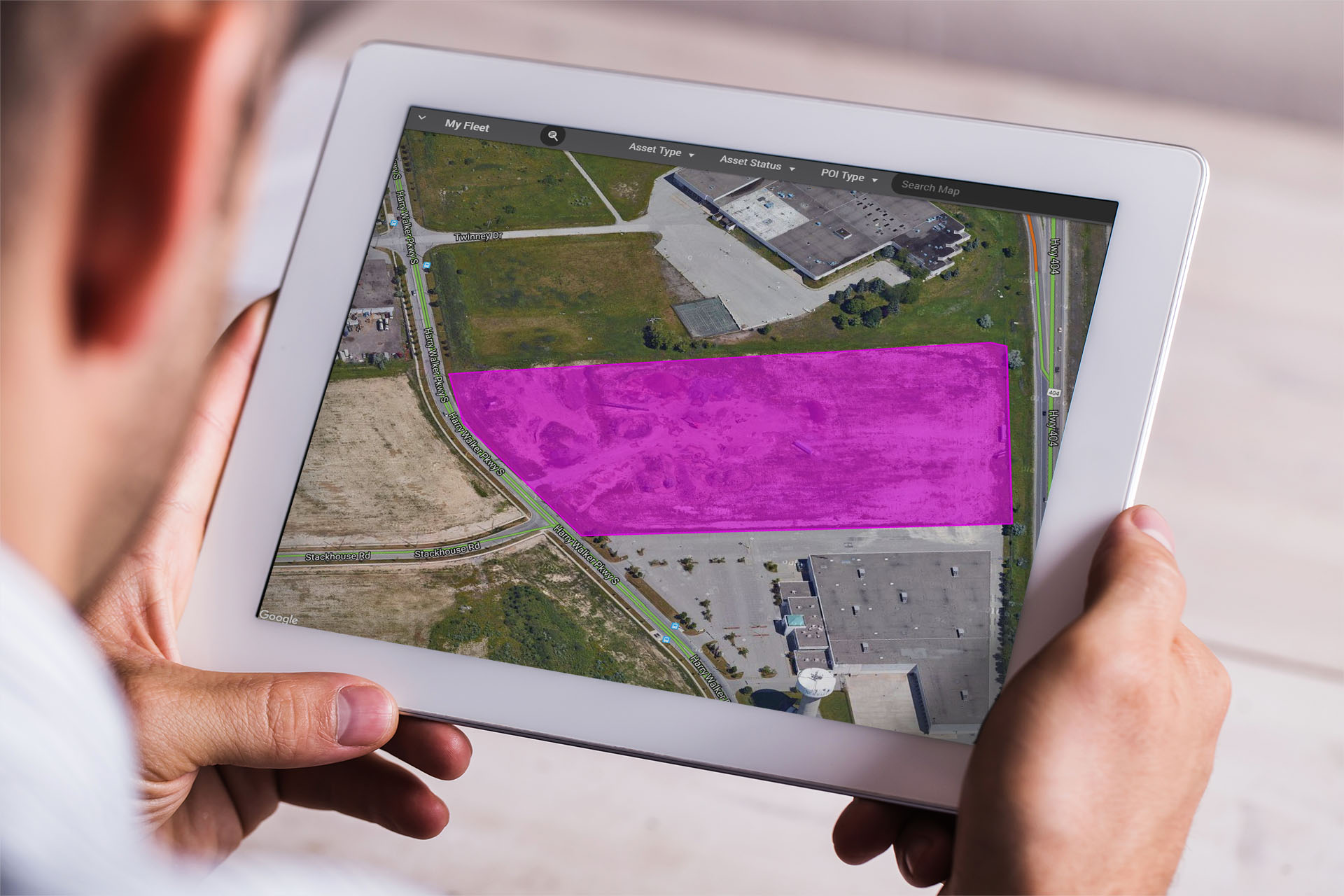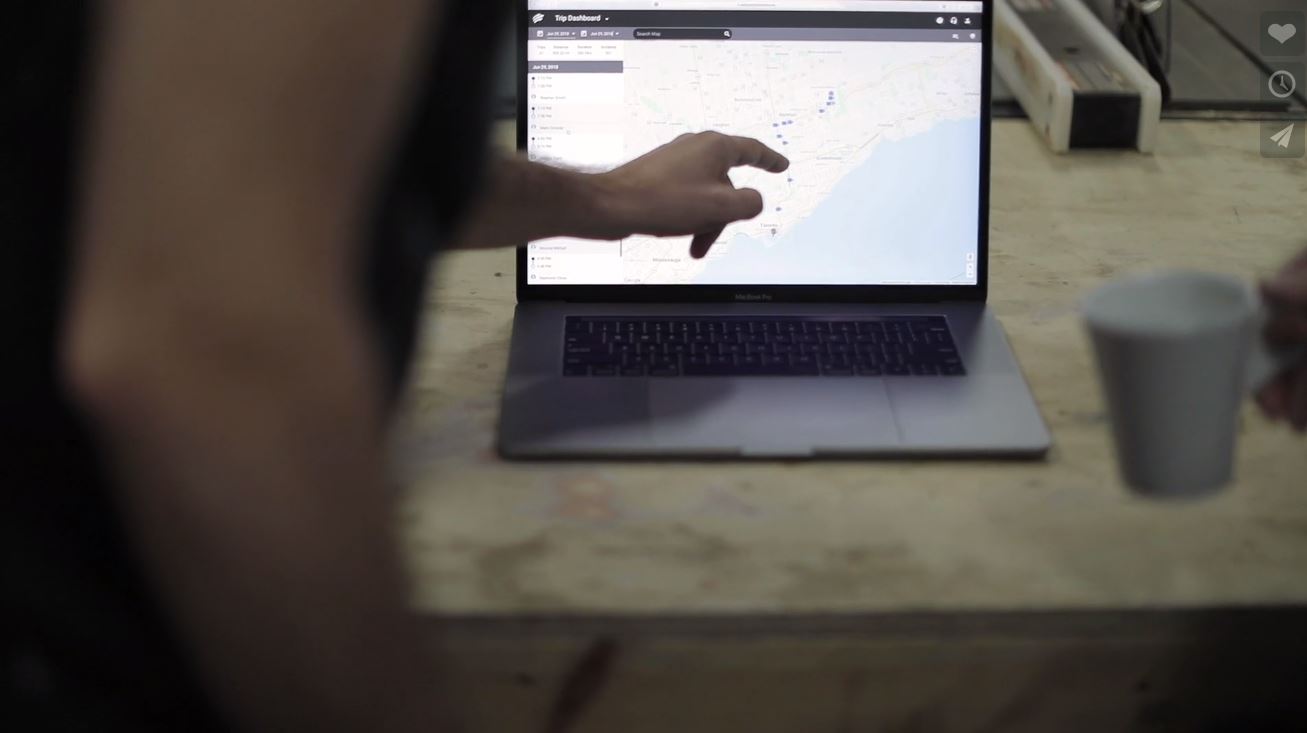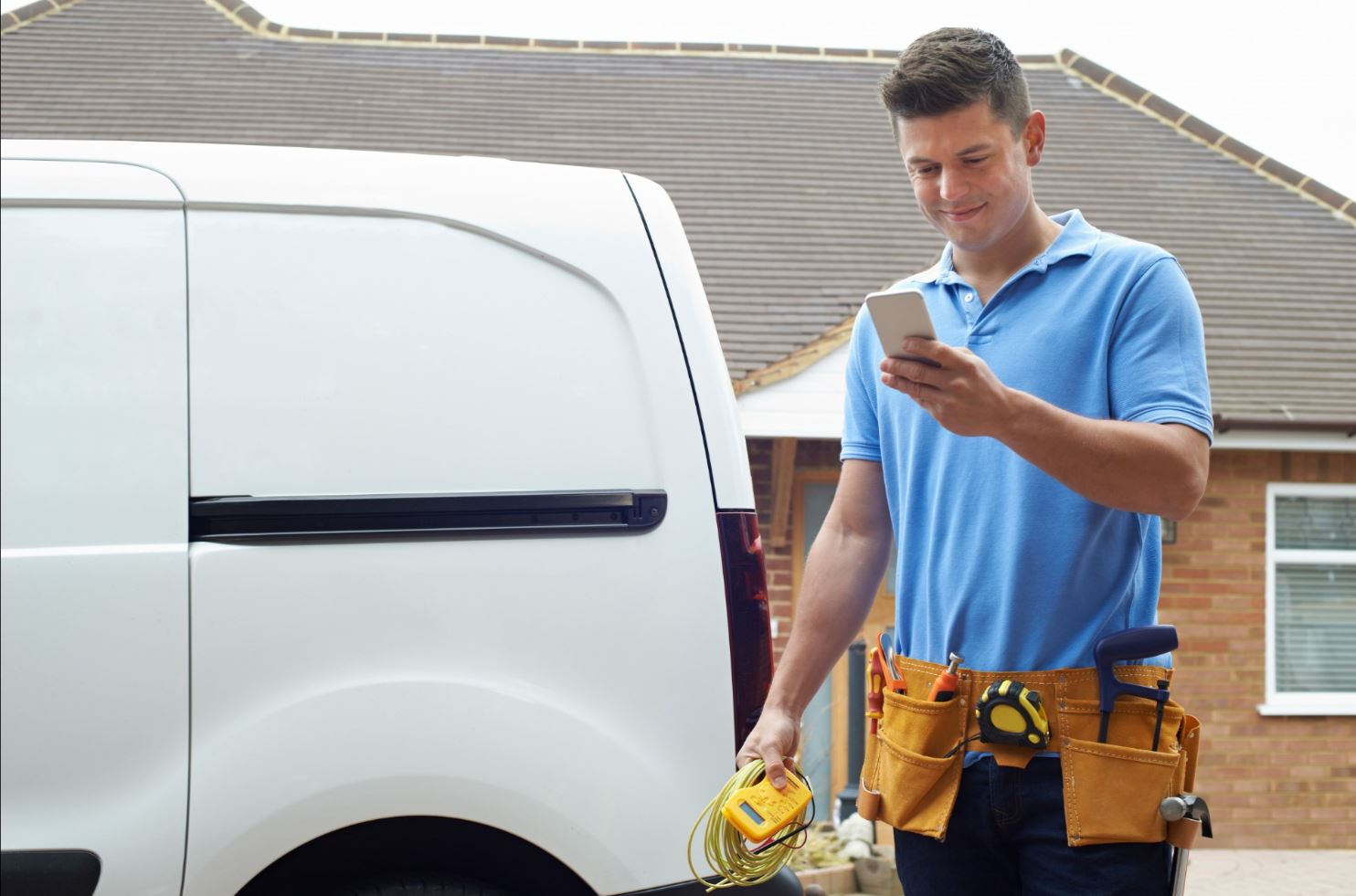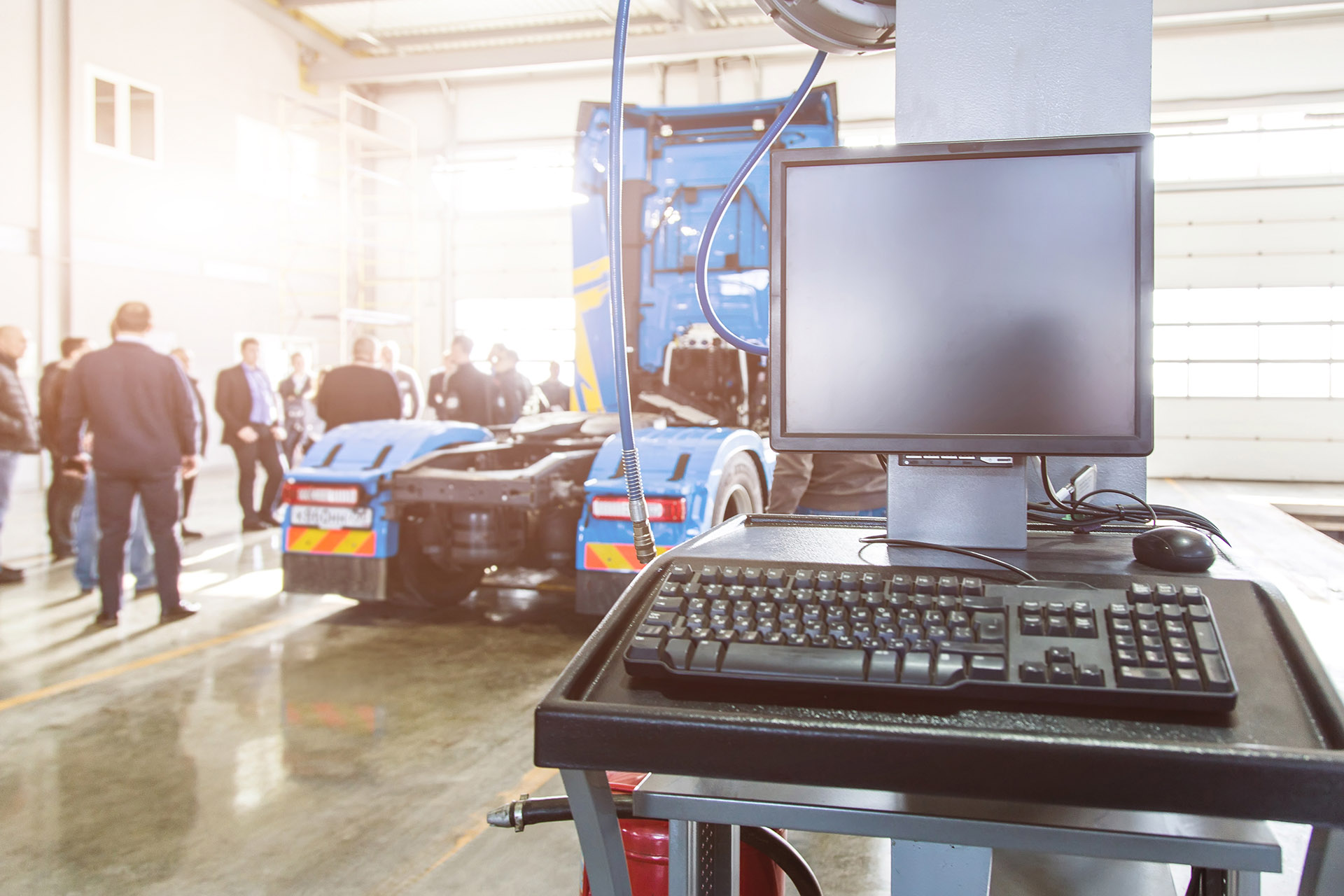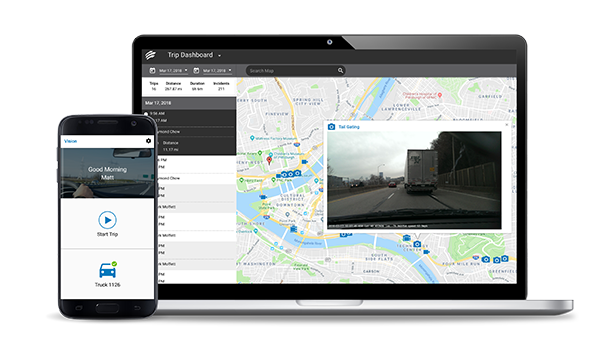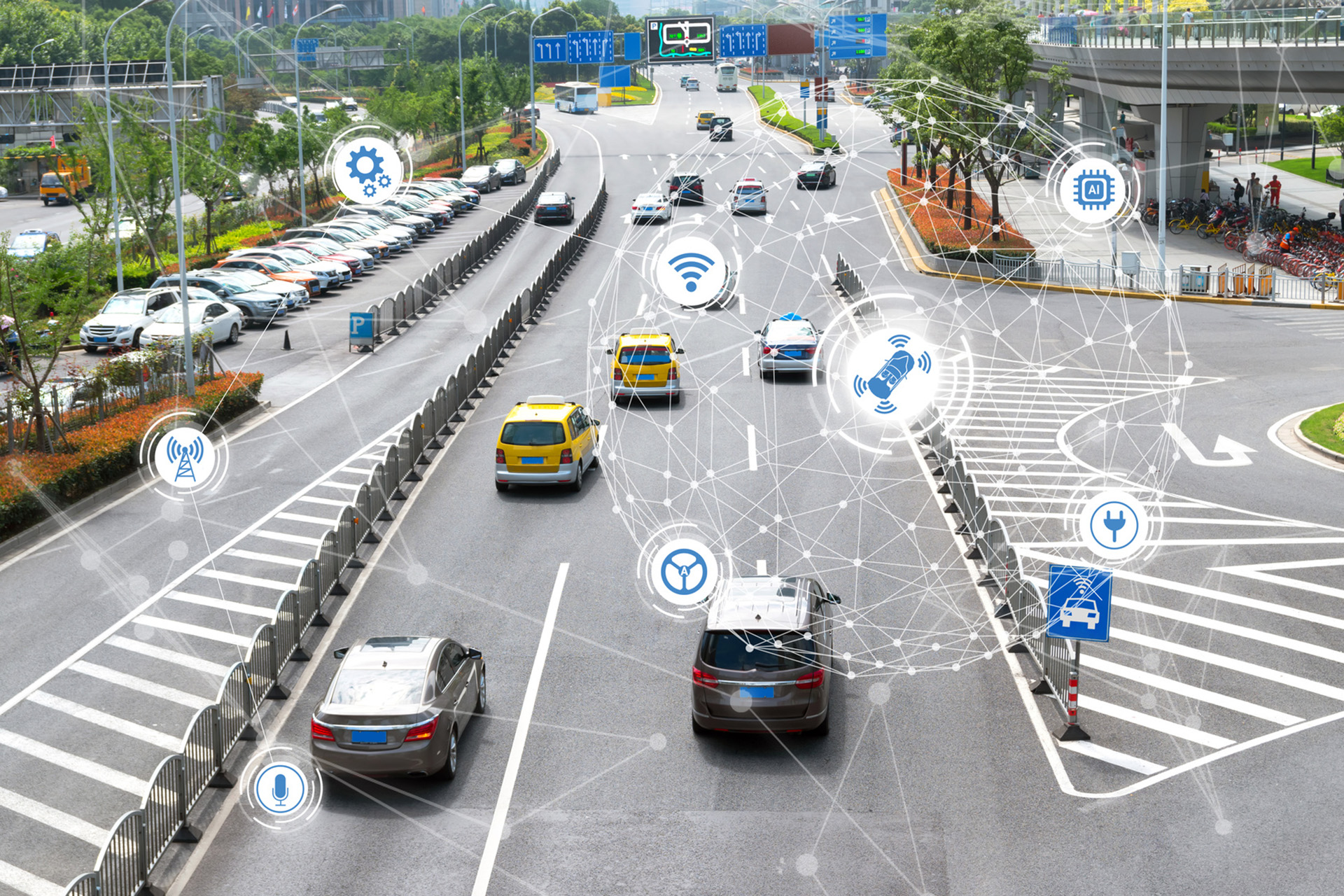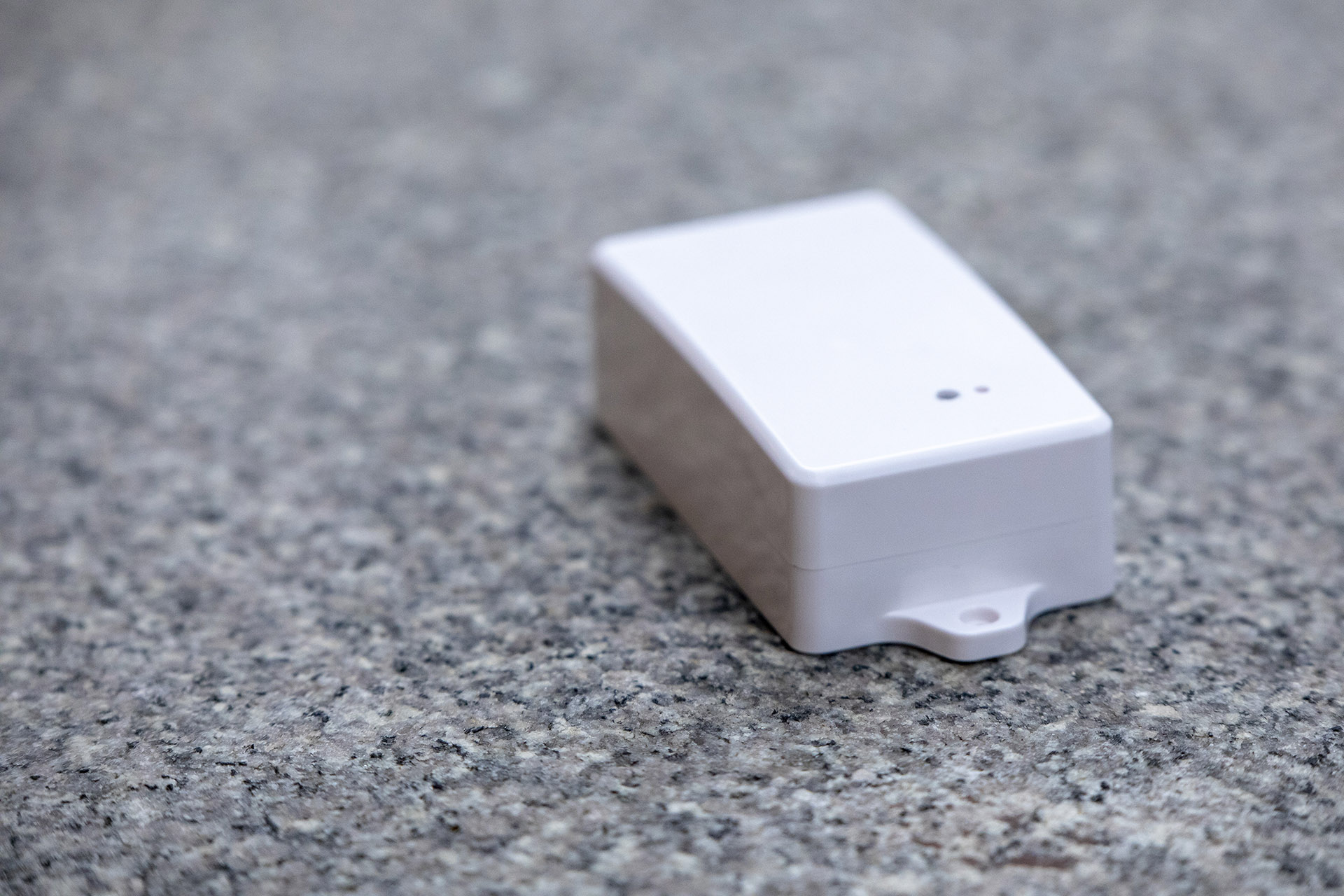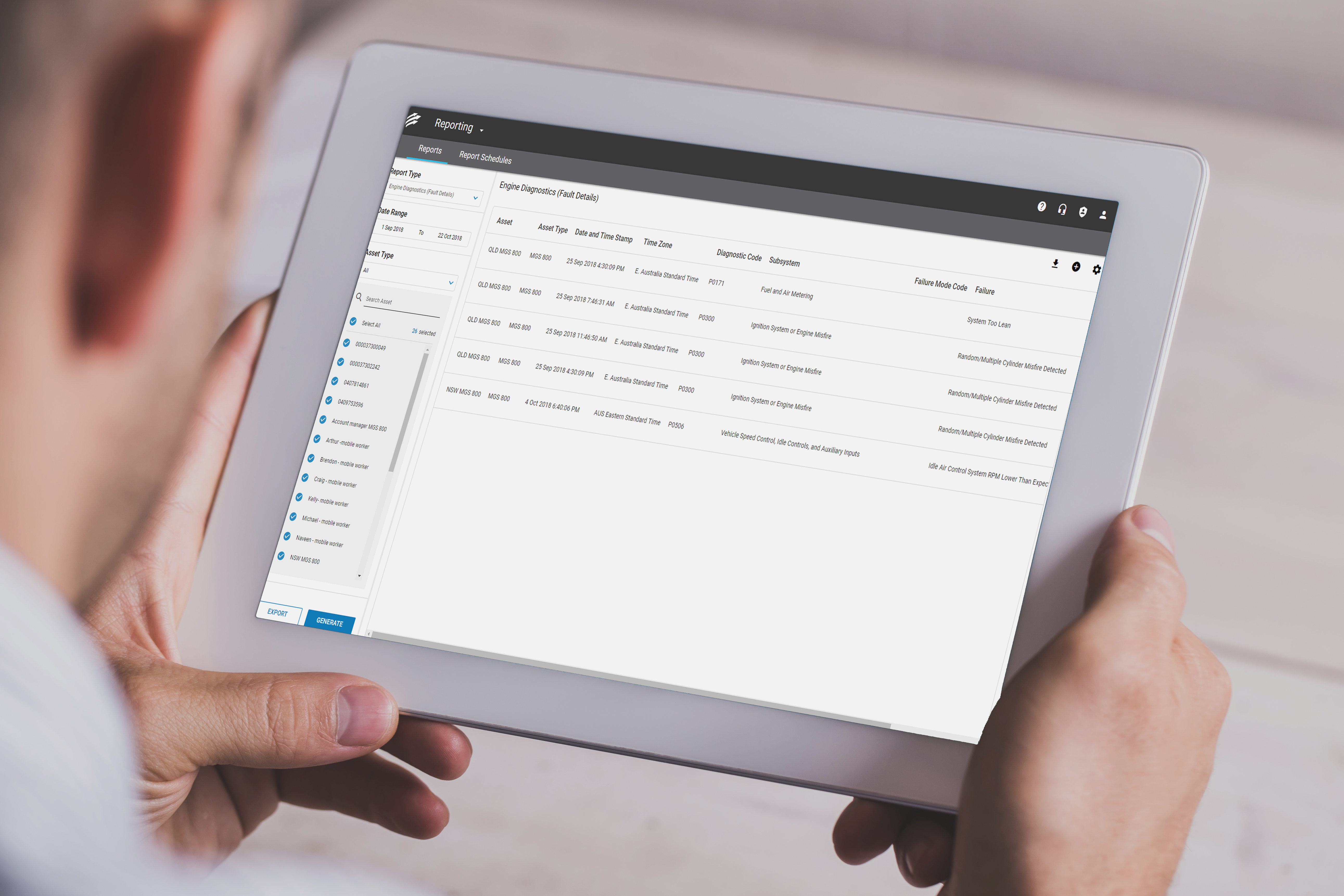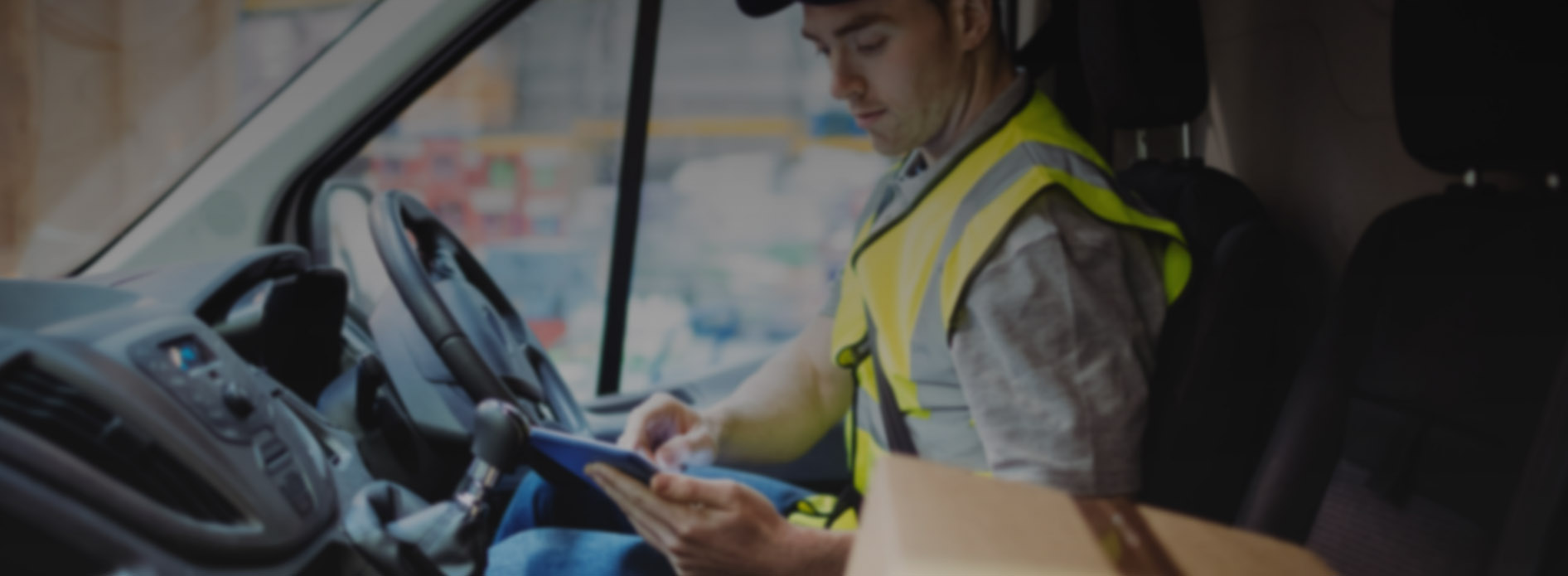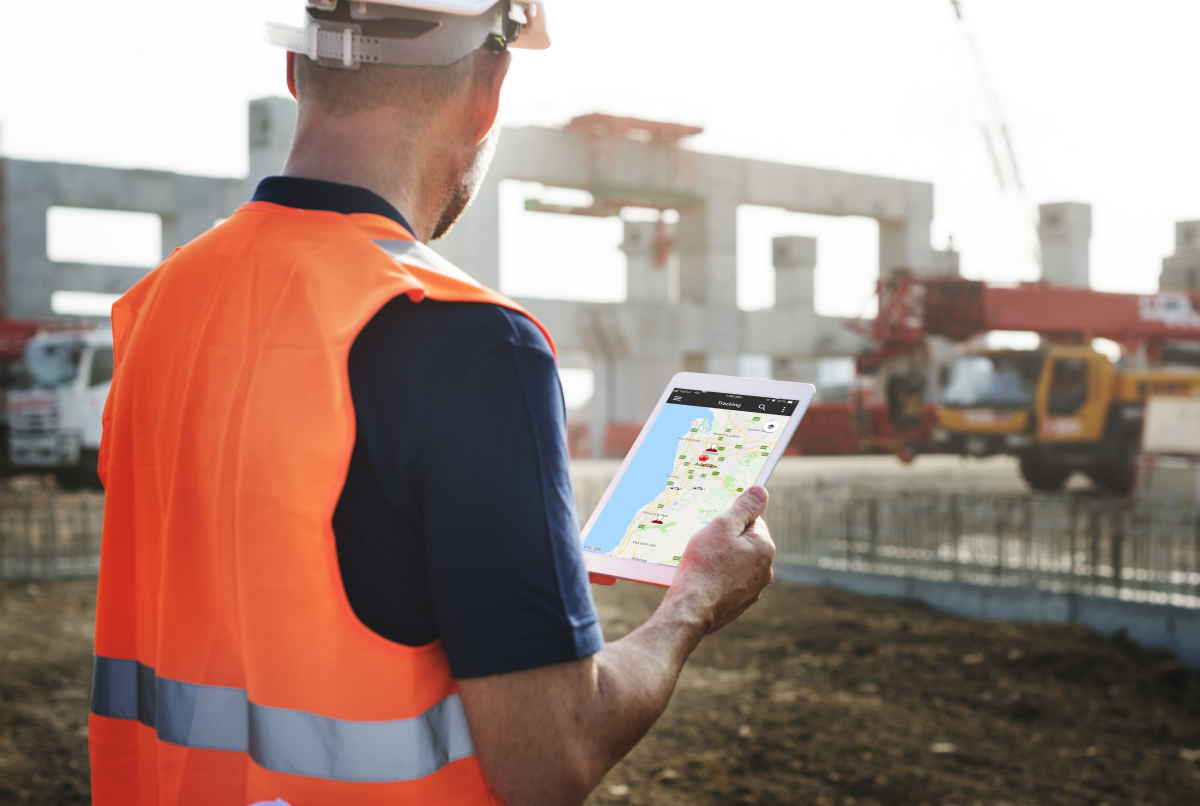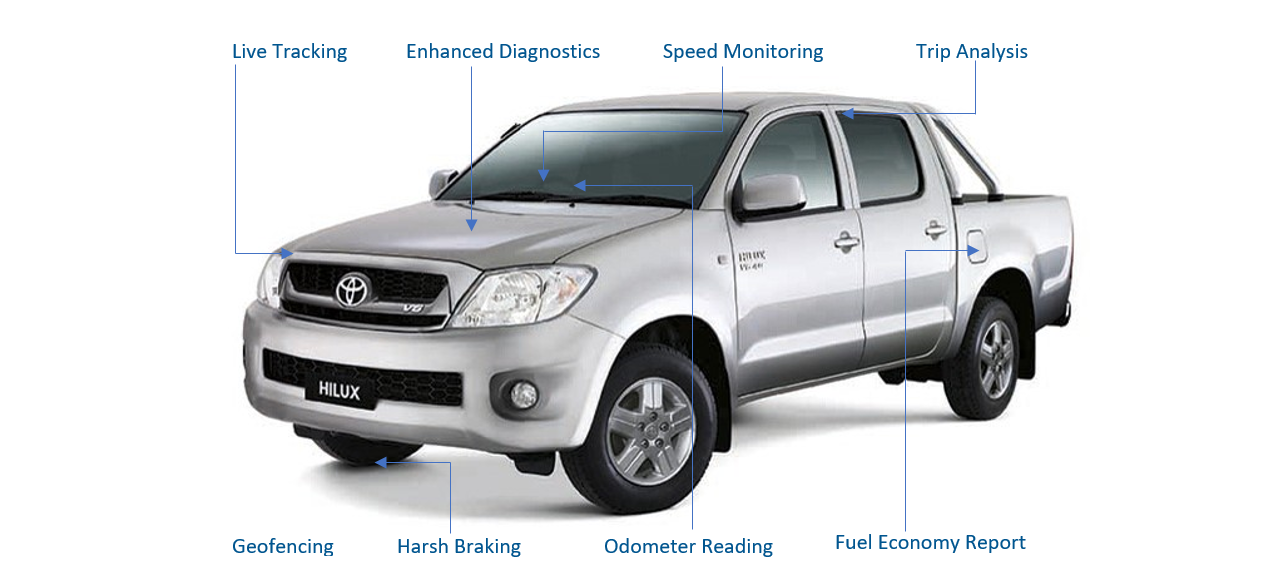
Remote and deskless workers account for 80% of the workforce, but not all remote workers sit behind a screen. For some, remote work can include traveling long distances on rural and remote roads to access clients or job sites.
When this happens, connectivity is central to ensuring remote fleet safety. Yet, only 1% of software investments are targeted towards solutions for deskless workers. We will look at how technology is powering digital transformation to ensure the health and safety of remote fleets.

Why Remote Fleets Need a Digital Transformation
For some job functions, driving is considered a high-risk activity. Truck drivers in Australia have one of the highest rates of work-related injury, with 3 out of 4 fatalities being directly tied to vehicle crashes.
A researcher who studied workplace injuries weighed in, “[Truck driving] has long working hours, lots of sitting, poor nutrition, social isolation, shift work, time pressure, low levels of job control, all in addition to the risk of road crashes.”
Yet, despite this information, truck driving is part of a growing industry and is one of the most common occupations for Australian males due to the increasing demand for on-road freight.

Other remote jobs that require long-distance driving can suffer from similar issues. As drivers traverse long stretches of rural roads, they are even more susceptible to workplace injury. Managing driver fatigue, as well as monitoring fuel and resource levels across large expanses of isolated roads, lacks visibility that could affect employee and vehicle safety.
When Easternwell, one of Australia’s leading drilling companies, noticed an increase in driver fatigue, they took action. On two separate occasions, remote service drivers became so fatigued they had to leave the road immediately. They were stuck on isolated roads with minimal cell service, which created a liability for the driver, their vehicle and the company as a whole.
Easternwell first adopted a paper-based journey management assessment to collect behavioural data manually and track driver fatigue, performance and vehicle health. They quickly realised that paper processes and call centers were not equipped to handle dynamic fleets. Fleet managers need digital tools to help them track behaviour and vehicle data in real-time and make informed decisions that support the health and safety of their fleets.
How Technology Powers Remote Fleets
1. Know What’s Happening In The Field
When the stakes are high, fleet managers can’t afford to lose access to their team or vehicles. With a remote fleet management solution, fleet managers can view the location of all vehicles and their status on one singular interface. With access via web platform or mobile device, managers see real-time updates from the field, regardless of how remote their location is.
Having a centralised user activity dashboard enables organisations to effectively manage risks associated with diverse geographic workforces. As remote teams deploy across the country, managers can track all metrics on a user activity dashboard that incorporates location-based journey management, digital assessments for fatigue management and equipment risk factors.
Drivers no longer need to exit the road when unexpected fatigue occurs. With a digital solution, fleet managers can anticipate needs and use predictive analytics to ensure safe movement for their teams.
2. Outside Network Coverage
Some drivers get deployed to remote locations with limited connectivity if something goes wrong. Remote fleet trackers with smart switching technology ensure your workers are visible at any time or place, regardless of how remote they are.
As the vehicle leaves network cell coverage, the technology is automatically switched to a satellite data network for complete connectivity. This level of visibility minimises dangerous exposure in remote areas and allows fleet managers to mitigate issues, such as unexpected road hazards, as they arise. Smart switching technology powers teams to respond faster and ensure the safety of their fleets.
3. Optimise Fleet Performance
In addition to increased safety, digital tools can help optimise fleet performance. The average fleet wastes 5 – 10% of its annual budget on asset underutilisation, over-spec’ing of vehicles and infrequent maintenance. With the right technology, remote managers can switch from a reactive to a proactive approach to asset management.
Leveraging powerful telematics, businesses can collect behavioural data to reduce speeding, idling and other risky driver habits. Vehicle metrics help proactively manage your fleet health to address maintenance issues before they become an issue.
 4. Ensure Worker Safety
4. Ensure Worker Safety
Even with GPS tracking and telematics, things can still go wrong. When unfortunate situations happen in remote locations, every second counts in deploying support and services. Remote fleet management helps ensure worker safety, especially for staff in isolated areas or under extreme weather conditions.
Distress alerts can operate like a panic button and automatically send an alarm to notify the exact location of the incident. If an employee becomes unconscious or injured, due to a head injury or a heart attack, distress pendants can identify inactivity and send alerts. The pendant activates when the individual is horizontal or inactive for a prolonged period of time, ensuring that all concerning activity is reported and located for immediate response.
5. Ensure Compliance
Jobsite compliance is critically important, especially for remote workers who can operate across various job sites with unique compliance requirements. A remote fleet tracker automates your safety and compliance management to ensure compliance on every job site.
Digitally Transform Your Remote Fleets With Telematics
Every time a driver gets behind the wheel, their safety is at risk as well as the safety of the vehicle, your company and those on the road. Remote workers are at an especially high risk of workplace injury or fatigue when their job sites are located in isolated locations. With Fleet management software, drivers can reduce their risk with the help of real-time visibility. Fleet managers can prioritise safety and ensure their teams have full connectivity in the event of an emergency.
Take our fleet management system for a spin to see how it can help you reduce fleet operating costs and increase fleet worker safety. Get started today by trying our Fleet Complete demo.






